خيوط من الهوية: رحلة الفنانين الكويرين من منطقتي جنوب غرب آسيا وشمال أفريقيا في برشلونة
Story by Logal Kako | Photography by Sebastien Nvsd
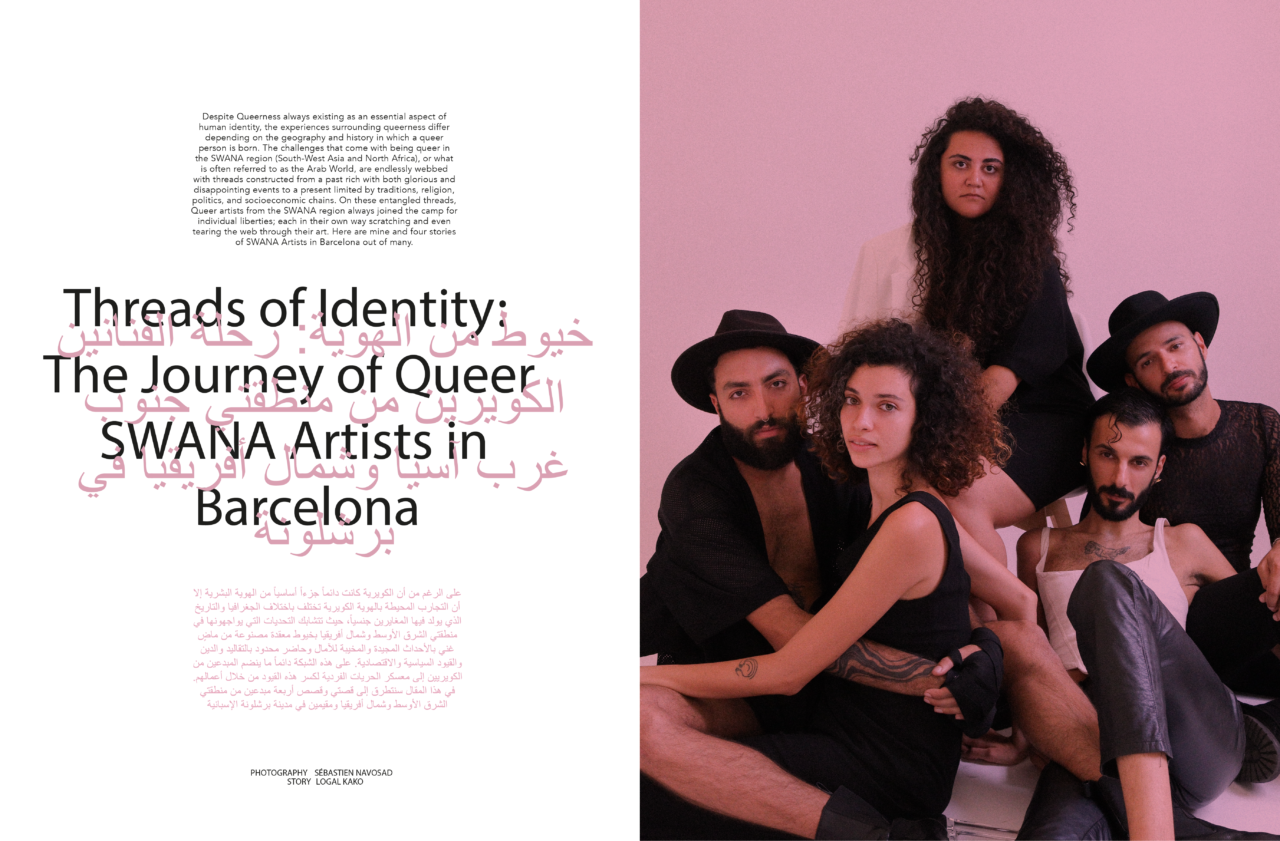
Despite Queerness always existing as an essential aspect of human identity, the experiences surrounding queerness differ depending on the geography and history in which a queer person is born. The challenges that come with being queer in the SWANA region (South-West Asia and North Africa), or what is often referred to as the Arab World, are endlessly webbed with threads constructed from a past rich with both glorious and disappointing events to a present limited by traditions, religion, politics, and socioeconomic chains. On these entangled threads, Queer artists from the SWANA region always joined the camp for individual liberties; each in their own way scratching and even tearing the web through their art. Here are mine and four stories of SWANA Artists in Barcelona out of many.
على الرغم من أن الكويرية كانت دائماً جزءاً أساسياً من الهوية البشرية إلا أن التجارب المحيطة بالهوية الكويرية تختلف باختلاف الجغرافيا والتاريخ الذي يولد فيها المغايرين جنسيًا، حيث تتشابك التحديات التي يواجهونها في منطقتي الشرق الأوسط وشمال أفريقيا بخيوط معقدة مصنوعة من ماضٍ غني بالأحداث المجيدة والمخيبة للآمال وحاضر محدود بالتقاليد والدين والقيود السياسية والاقتصادية. على هذه الشبكة دائماً ما ينضم المبدعين من الكويريين إلى معسكر الحريات الفردية لكسر هذه القيود من خلال أعمالهم. في هذا المقال سنتطرق إلى قصتي وقصص أربعة مبدعين من منطقتي الشرق الأوسط وشمال أفريقيا ومقيمين في مدينة برشلونة الإسبانية
✦ ✦ ✦
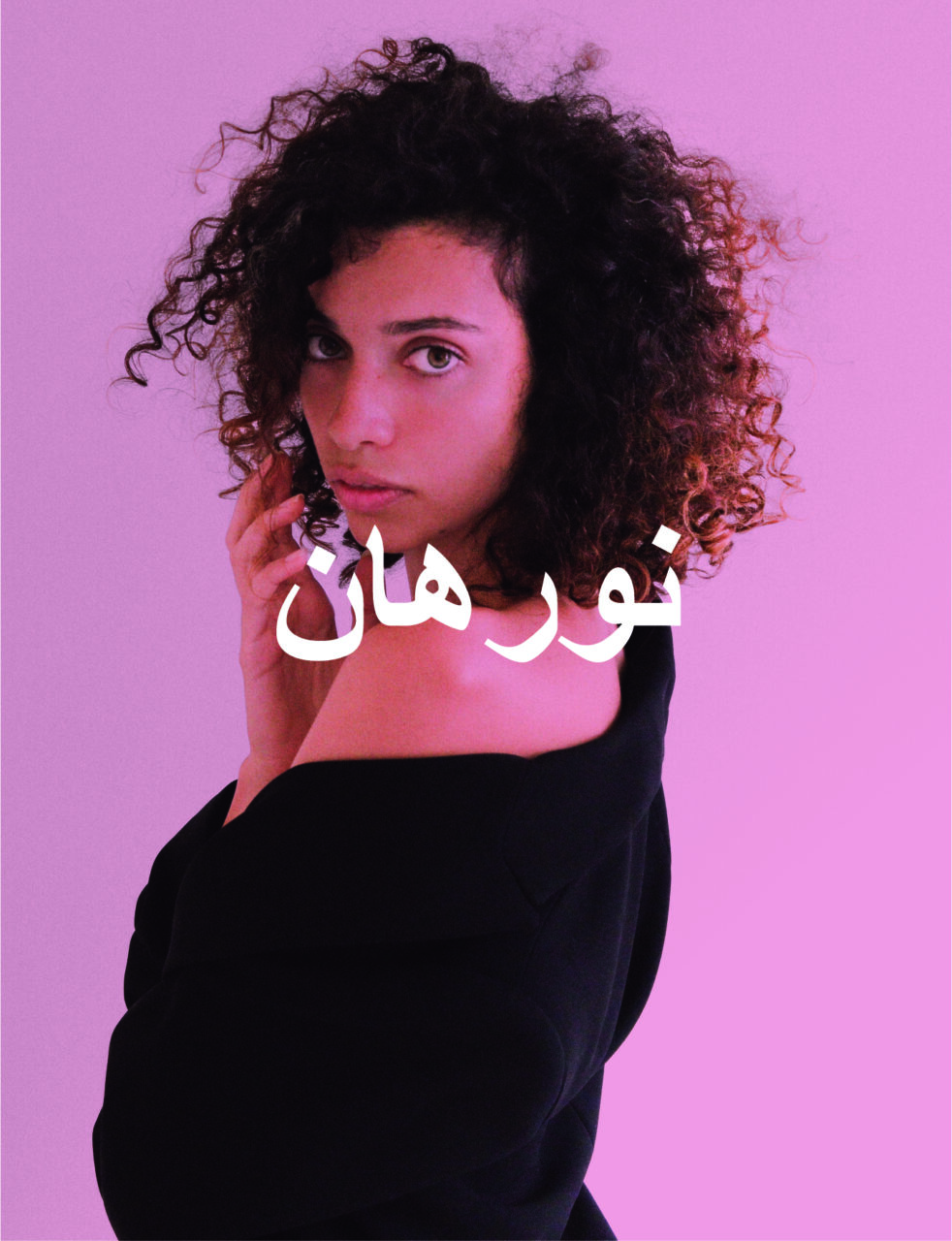
Nourhan; the Visual Artist
Nourhan is a visual artist from Damascus, Syria who uses art as a tool to visualize what she can’t express in words, including illustrations, drawings, or even her poetry which she considers to be of a visual nature. At its core, Nourhan’s work is mostly rooted in queerness and challenging conventional norms.
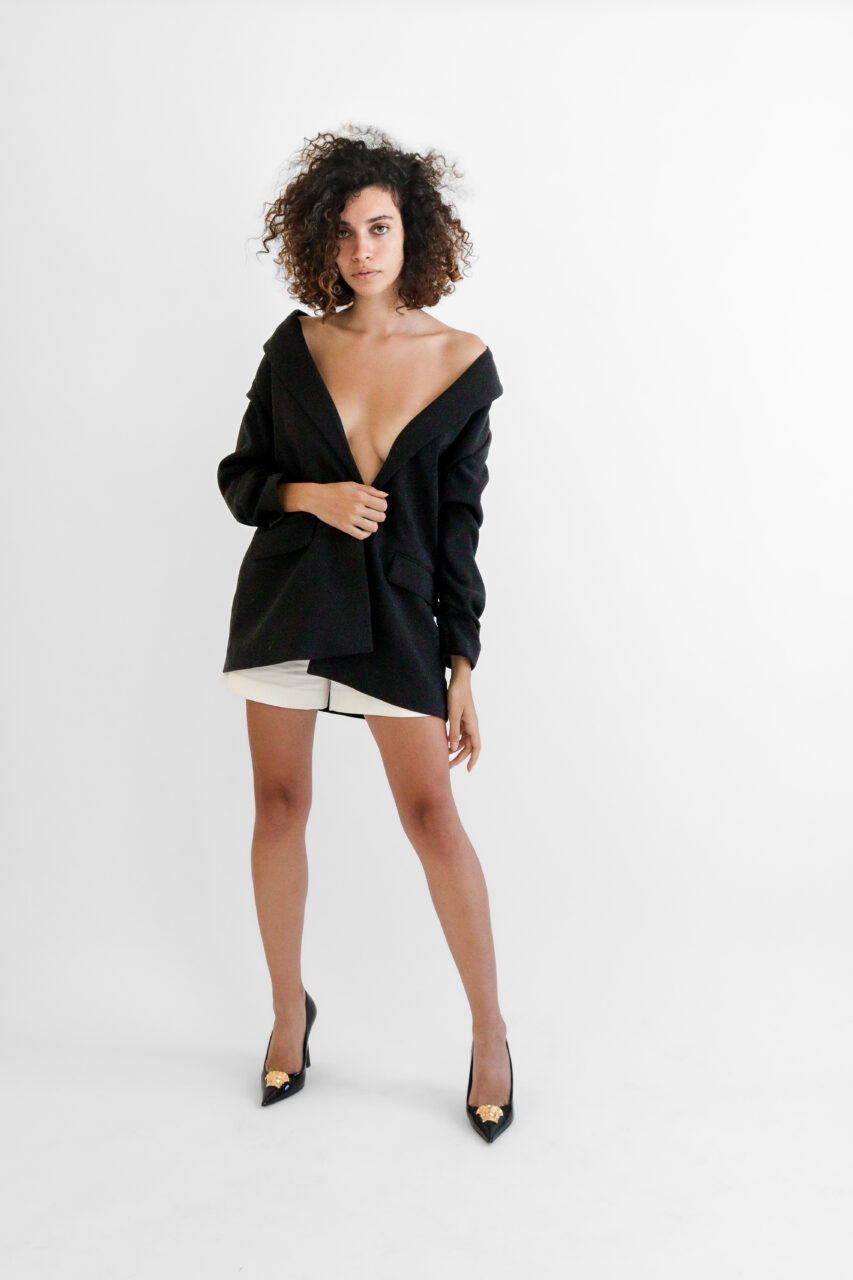
I was fascinated when talking to Nourhan about her creative mind and how fluidity is its center. She mentioned how, ever since childhood, she always portrayed the human body as a non-binary entity with a gender-neutral soul, and how the cultural influence on her work is merely of her memories of that region and not tribalism. “I love Damascus, and it’s undeniably a part of who I am because I was born there, but more elements were added to what makes me Nourhan since the day I moved out of Syria, and my perception of land and culture became very fluid ever since, especially now being in Barcelona”
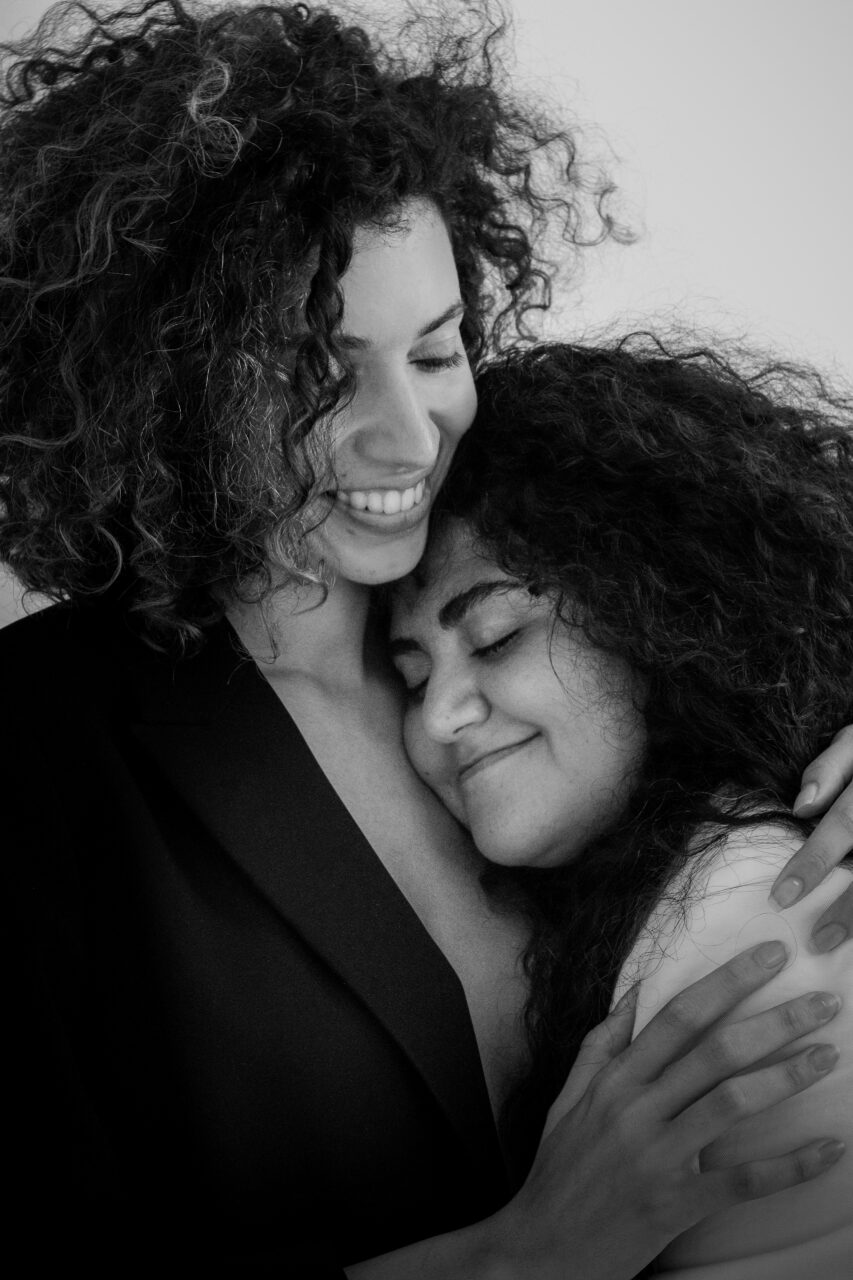
When talking more about visualizing emotions and thoughts in art, Nourhan mentioned how whatever physical and mental pain she experienced through life became lighter once it inspired a drawing of hers. “I’m only able to tell what I felt during the time of this drawing, rather than the drawing itself,” she explained. Another healing process for Nourhan was the resilience she has seen from the queer community overall, and the Syrian queer one specifically.
“We are people who are willing to understand others, want others to understand us, and are able to understand one another” she concluded.
نورهان؛ الفنانة البصرية
تعرف نورهان من دمشق، سورية عن نفسها بالفنانة البصرية التي تستخدم الفن كأداة لإحياء ما لا تستطيع التعبير عنه بالكلمات، بما في ذلك الرسوم التوضيحية، اللوحات أو حتى القصائد الشعرية التي تكتبها بصيغة بصرية على قدر المستطاع

تتجذر أعمال نورهان من عقلها الإبداعي بشكل أساسي في الهوية الكويرية وتحدي الأعراف التقليدية. ذكرت أنها لطالما رسمت الجسد ككيان غير ثنائي ذو روح محايدة جنسياً منذ الطفولة، وكيف أن تأثير ثقافتها عليها كان مقصوراً فقط في ذكرياتها لتلك المنطقة الجغرافية وليس القبلية. "أحب دمشق التي هي بلا شك جزء من تكويني لأنني ولدت هناك، ولكن الحياة أضافت طبقات جديدة على شخصيتي مع الوقت وخاصة اثناء تجاربي خارج بيئتي، والتي بالتالي غيرت مفهوم الأرض والثقافة بالنسبة لي، خاصة وأنا في برشلونة
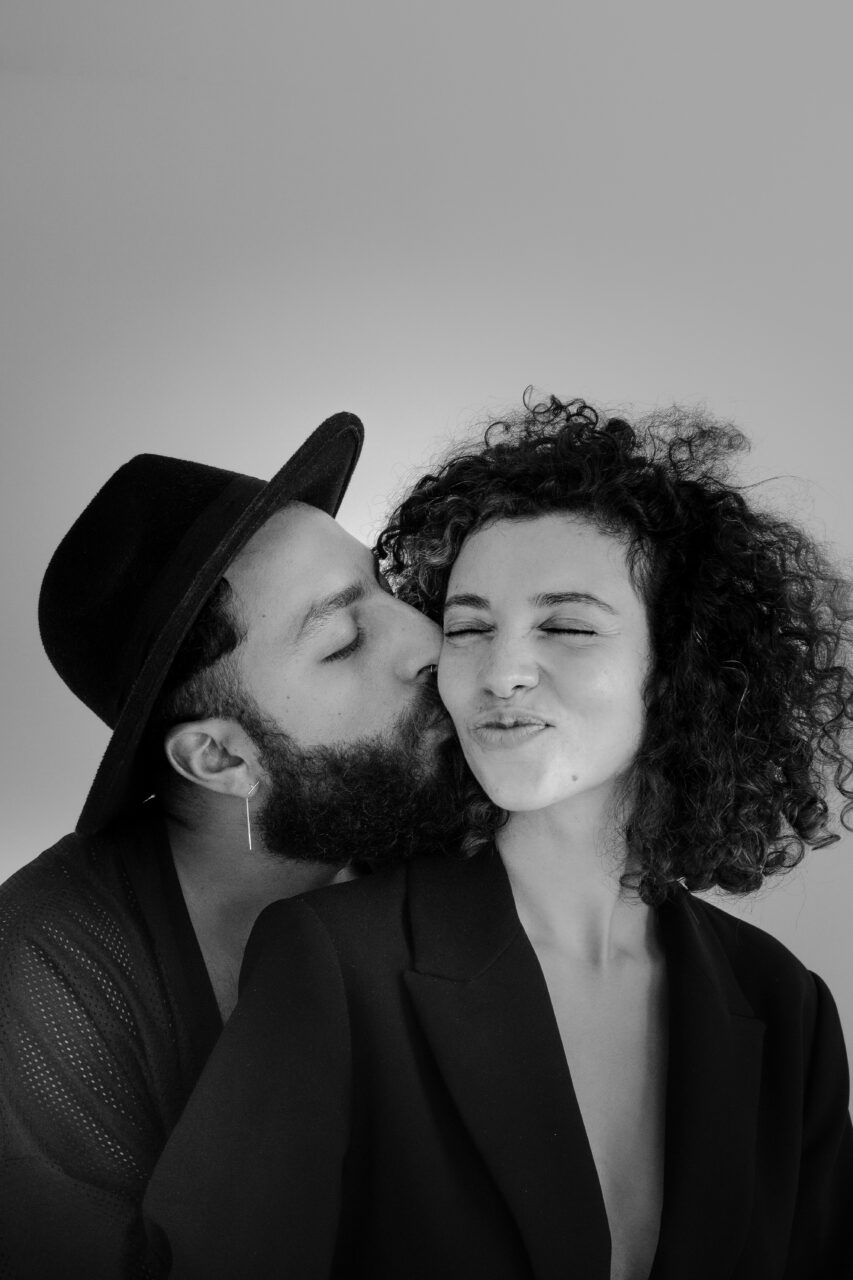
في حديثنا عن تصوير العواطف والأفكار في الفن، ذكرت نورهان أهمية الفن في مداواة أي آلام مرت بها سواء كانت جسدية أو نفسية، قائلةً "لدي القدرة على التحدث عما شعرت به عندما رسمت لوحة معينة أكثر من التحدث عن اللوحة نفسها. "وأضافت أن الصمود الذي رأته من المجتمع الكويري بشكل عام والسوري بشكل خاص كان أيضا سبباً في شفائها من آلام الكراهية التي تعرضت لها في حياتها منوهةً" نحن الكويرون أشخاص على استعدادٍ دائم لفهم الآخرين، ونريد من الآخرين فهمنا بالمقابل."
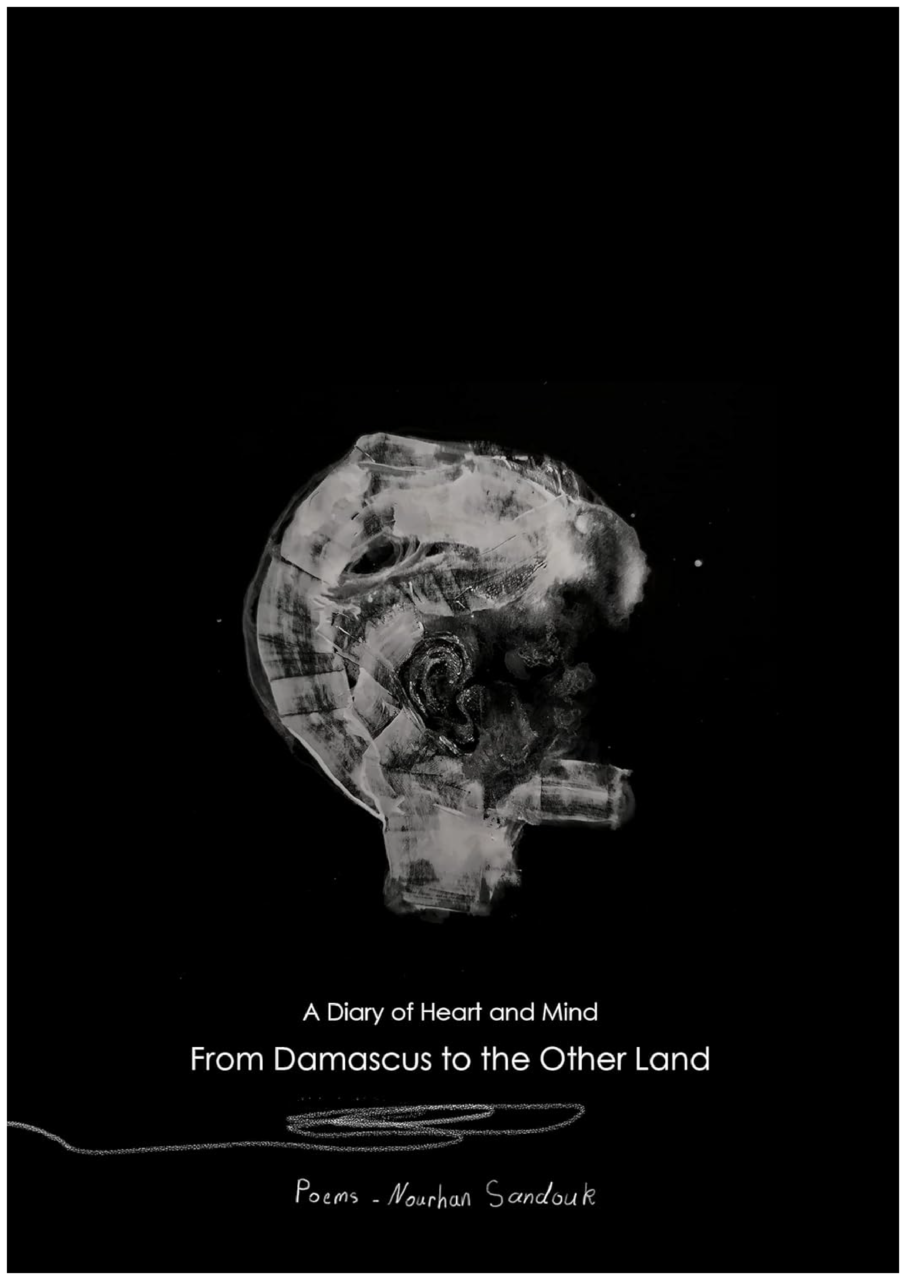
A Diary of Heart and Mind... From Damascus to the Other Land
Life is always an unexpected adventure, and sometimes it's only bearable through art. In this book I'll share my story with you, my life during the war in Damascus and after leaving the country, my journey towards being who I really am, through poems, illustrations and photography.

See more works of Nourhan in her website or in her instagram account
✦ ✦ ✦
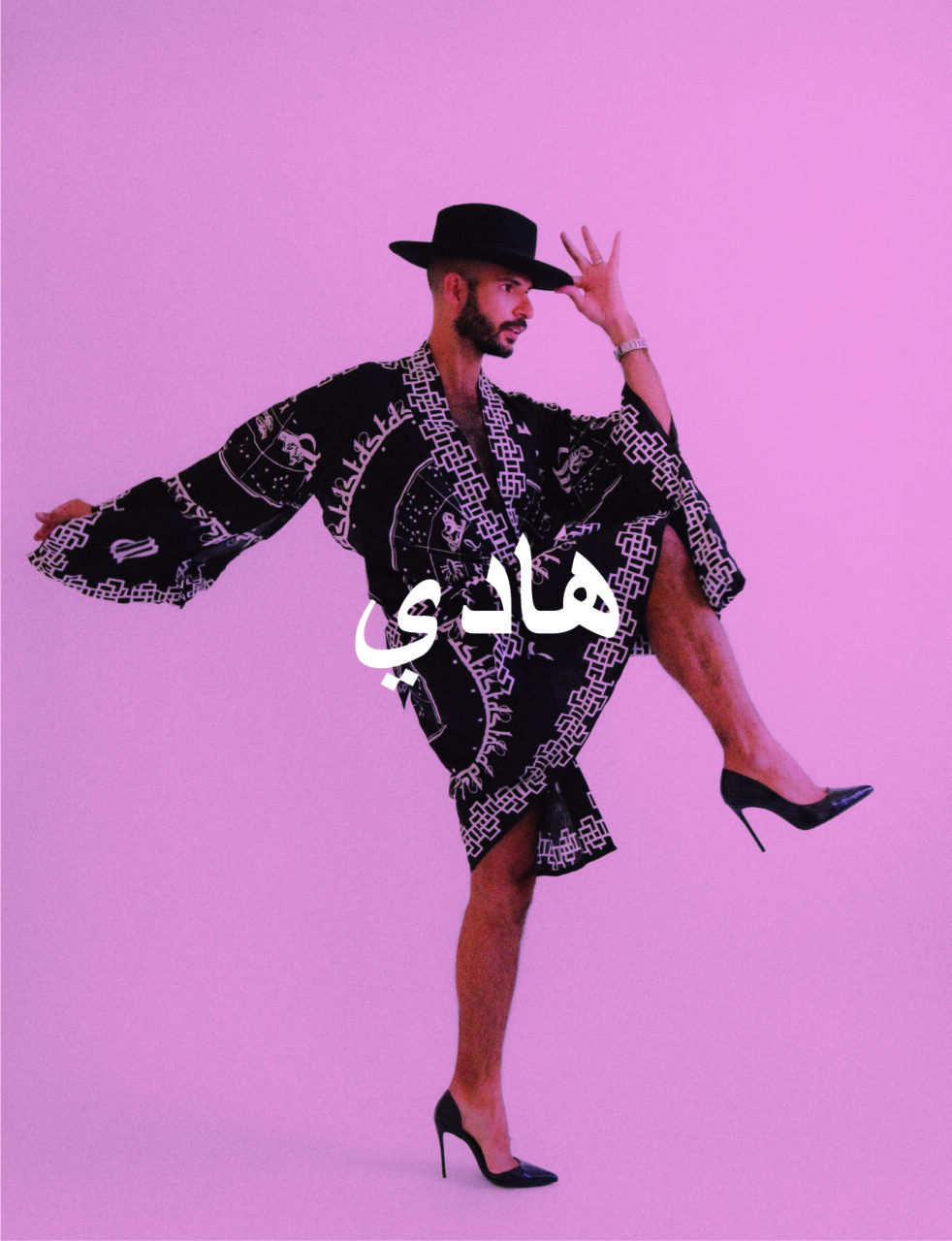
Hadi; the Artivist
Hadi is a filmmaker, photographer, and performer from Tripoli, Lebanon. His ultra persona is also a known figure for queer Arabs that live in Barcelona. However, before the birth of the famously face-covered Salma Zahore, Hadi co-founded the production company H7O7 for all kinds of film and photos where their work is either commercial for their clients or personal where he expresses himself artistically. He considers himself to be an Artivist against injustices, where he mixes art and activism to battle racism and queerphobia. In his hybrid films, as he refers to them, he blends genres such as documentary, fashion, dance, and experimental in order to talk about what’s happening today.

Hadi’s ethnic identity wasn’t expressed much up until arriving in France. “At the beginning of my life in the West, I tried to distance myself from my Lebanese and Arab culture to prove myself to Western society,” Hadi said before explaining how his mindset changed when he started accepting his identity and cherishing it before his queerness and culture took center stage in the fabulous belly-dance vogue performances of his persona Salma.
Hadi’s work is focused on visibility, especially on social media, to bring queer Arab representation under the spotlight and change how queer people see themselves and how hetero-normative societies view queerness.
In his words, “The world outside of one’s self or community can be both cruel and beautiful,” consequently elaborating on why a community that uplifts one another comes in handy for Hadi.
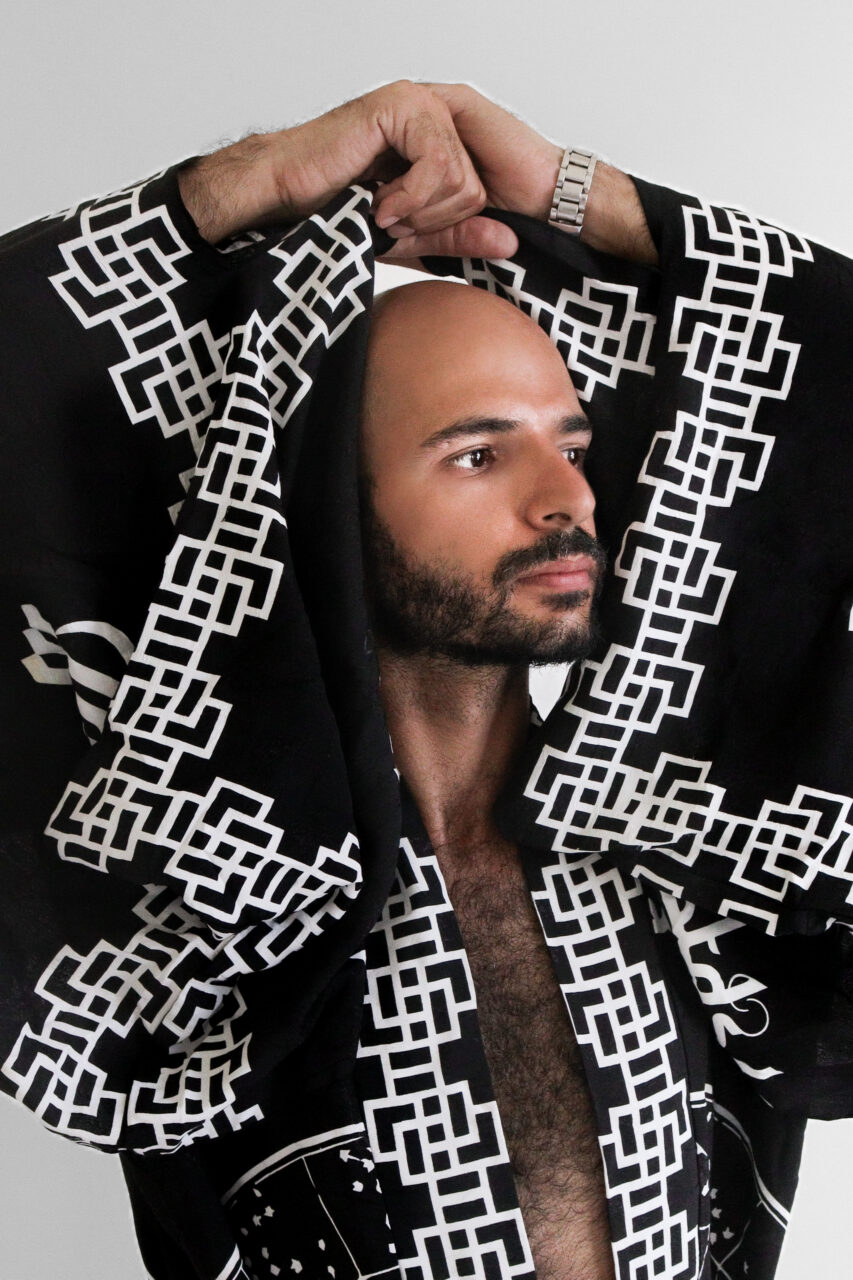
هادي؛ الناشط الفني
هادي هو مخرج أفلام ومصور فوتوغرافي ومؤدٍ من مدينة طرابلس في لبنان. الشخصية الفنية التي خلقها هادي، والمعروفة بسلمى زهور هي من مشاهير المجتمع الكويري العربي في مدينة برشلونة والمعروفة بوجهها المغطى ولباسها التقليدي. قبل ولادة سلمى، شارك هادي في تأسيس شركة H7O7 الإنتاجية حيث يتم صنع جميع أنواع الأفلام والصور إما لأسباب تجارية لزبائنه أو لأسبابٍ شخصية كوسيلةٍ للتعبير عن نفسه فنياً
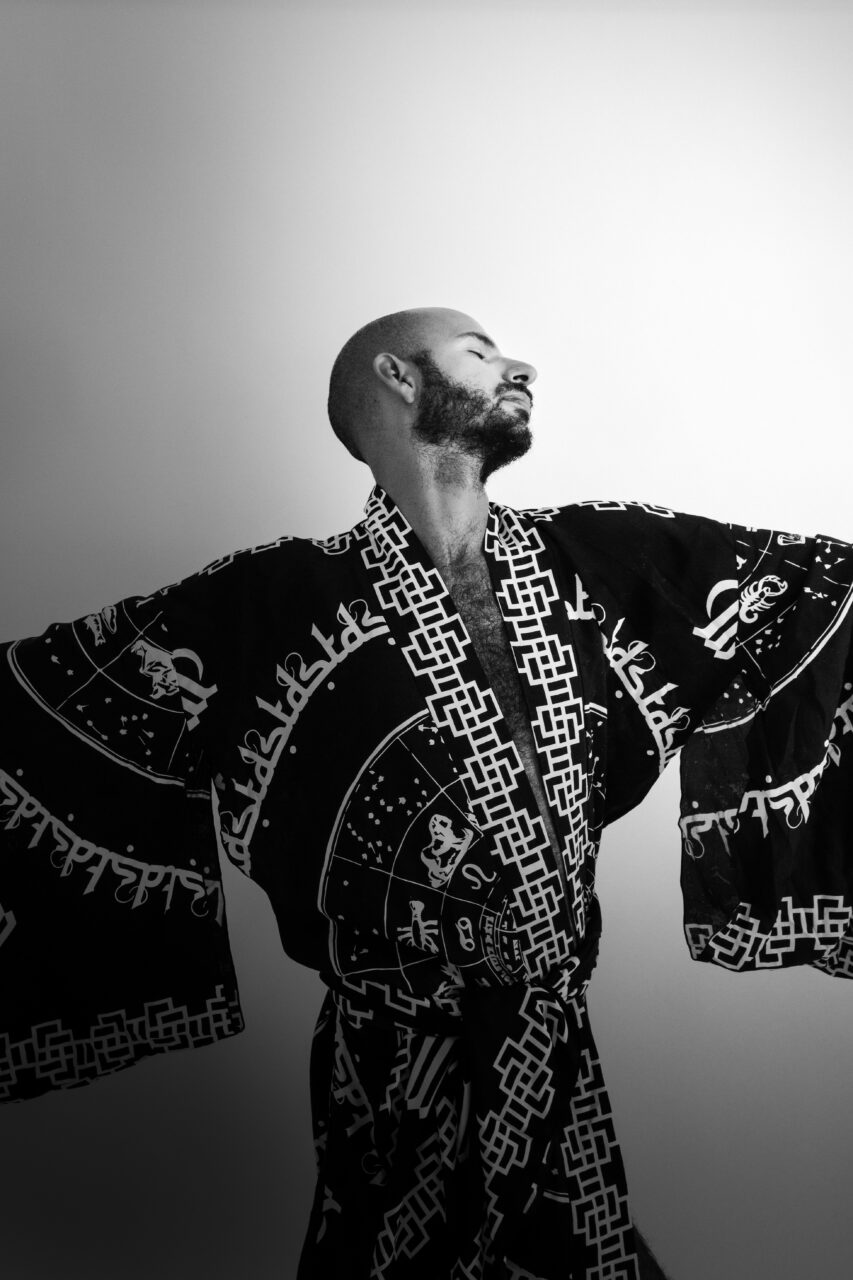
يعتبر هادي نفسه فناناً ناشطاً ضد الظلم بجميع أشكاله، حيث يدمج الفن والنشاط السياسي لمحاربة العنصرية وفوبيا المجتمع ضد الكويرين. في أفلامه المختلطة كما يشير إليها، يمزج هادي بين الوثائقية والأزياء والرقص للحديث بشكل فني عمّا يحدث اليوم حول العالم. في حديثنا عن أهمية هويته العربية، أوضح هادي قائلاً "في بداية حياتي في الغرب، ظننت أني سأستطيع إثبات نفسي للمجتمع الفرنسي إذا ابعدت عن ثقافتي اللبنانية والعربية." وكان ذلك قبل أن يبدأ تفكيره بالتغير بعد البدء برحلته في حب الذات وجميع ما تشمله من هوية ثقافية، عرقية، أو جنسية والذي يظهر بوضوح في عروض شخصيته الفنية سلمى المشهورة بدمج الرقص الشرقي مع فن الفوغ.
يركز هادي في عمله على أهمية وسائل التواصل الاجتماعي في إلقاء الضوء على المجتمع الكويري العربي وتأثير هكذا تمثيل على كيفية تقبل الأفراد الكويرين أنفسهم وتغيير نظرة المجتمعات التقليدية لهؤلاء الأفراد. يقول هادي في أهمية دعم الكويرين لبعضهم البعض: "العالم خارج الذات والمجتمع يمكن أن يكون قاسياً وجميلاً في الوقت نفسه، ووقوفنا مع أخوتنا يرجح كفة السعادة في وجه قسوة الحياة."
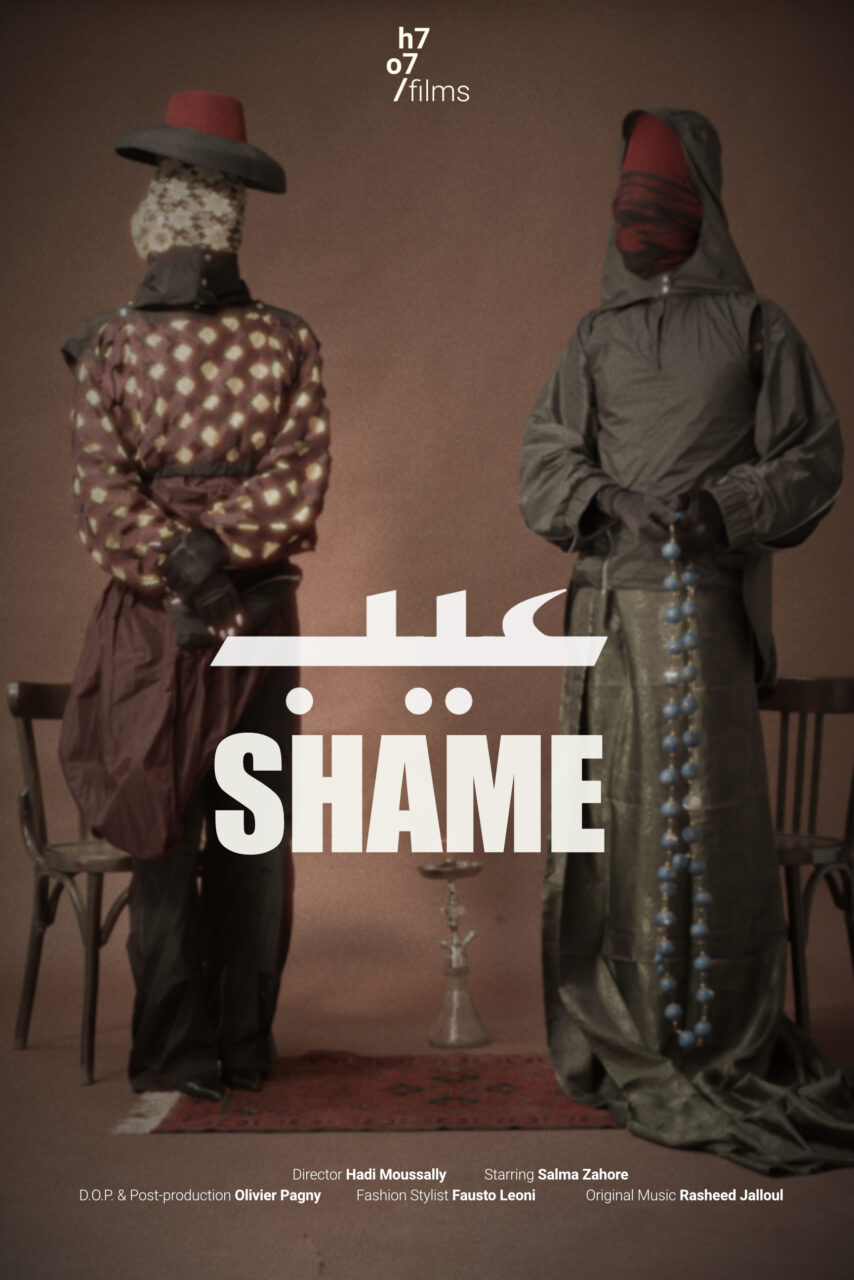
Shame | عيب
In the 19th century, in the Levant region, Salma Zahore, along with her parents and neighbors, participated in a photoshoot using a long exposure technique. At the end of it, Salma decided to take off her coat, revealing her body. Unaware of the chaos this gesture could cause within her circle, she did not know it could lead to shame (عيب).
In this film, titled "عيب (Shame)", the complex concept of shame is explored within the context of Arab culture, specifically focusing on its impact on societal norms, gender roles, and expressions of identity. The word "Shame" (عيب) is commonly used in the Arab world to dictate a social norm not to be transgressed in various situations, so much so that shame is ever-present in our surroundings.
Set against a backdrop of recreated 19th-century scenes from the Levant region, the film is made in a vertical (9:16) format to respect the aspect ratio of photos from that era, adding authenticity to the narrative. It also introduces a modern and queer perspective, challenging traditional narratives and expectations.
The story revolves around Salma Zahore, who embodies different personas representing various societal roles and expectations. Through Salma's interactions with herself as well as with neighbors and family members, the film delves into the rigid boundaries dictated by the concept of "عيب" and the consequences of challenging these norms.
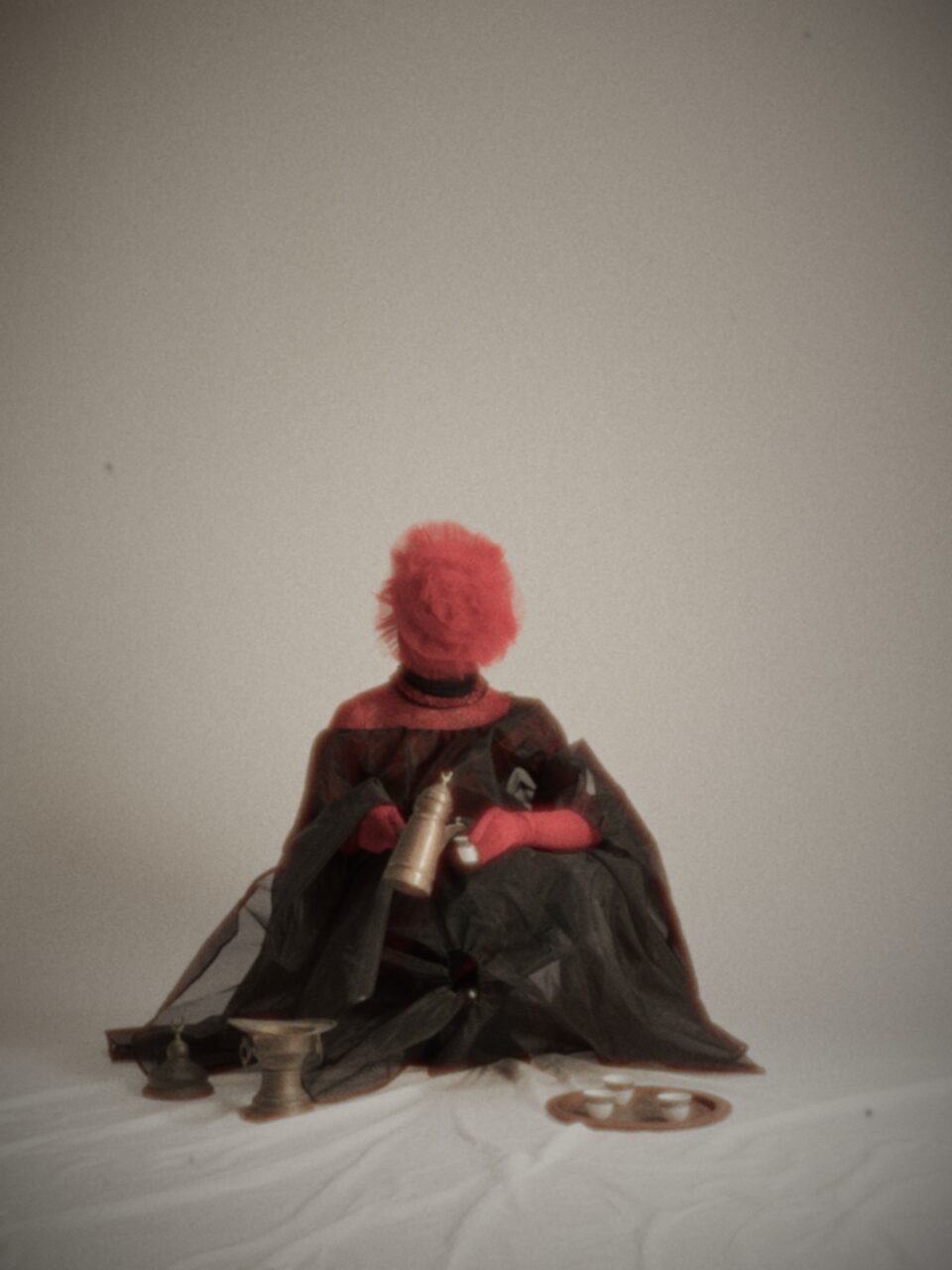

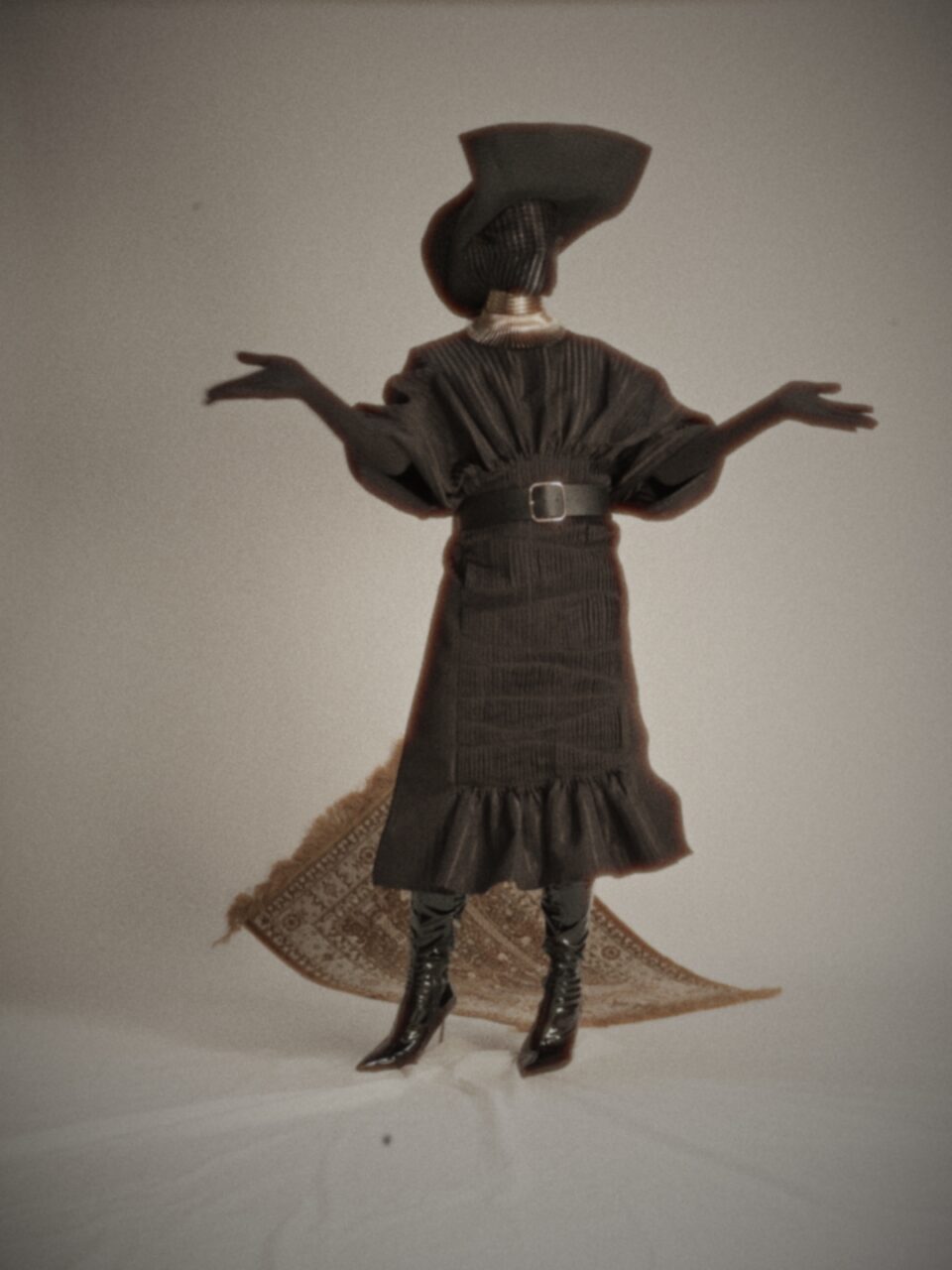
The use of AI-transformed voices adds a surreal and futuristic element to the narrative, emphasizing the timeless relevance of the themes explored. As Salma sheds layers, both metaphorically and literally, revealing her true self, societal reactions escalate into unnecessary drama, highlighting the tendency to amplify minor transgressions in the name of shame.
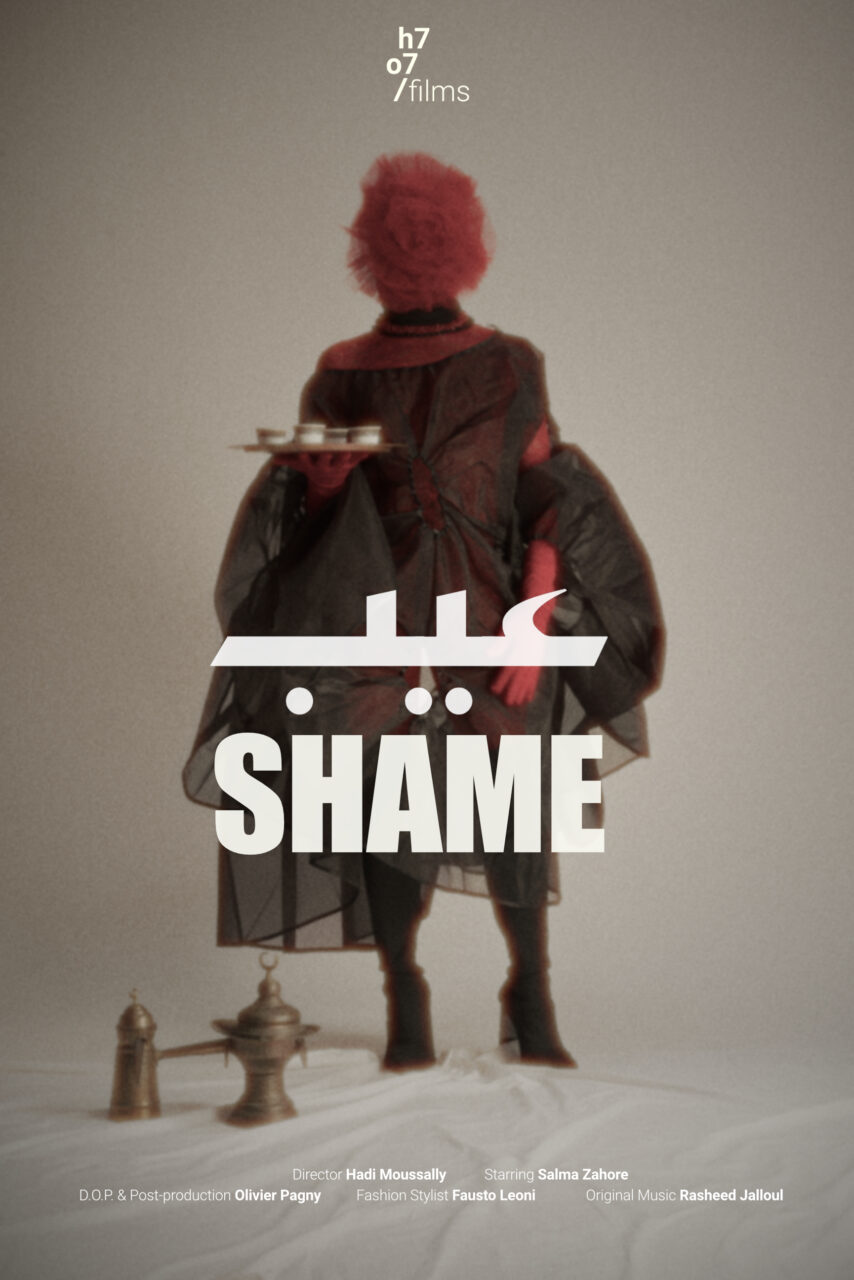
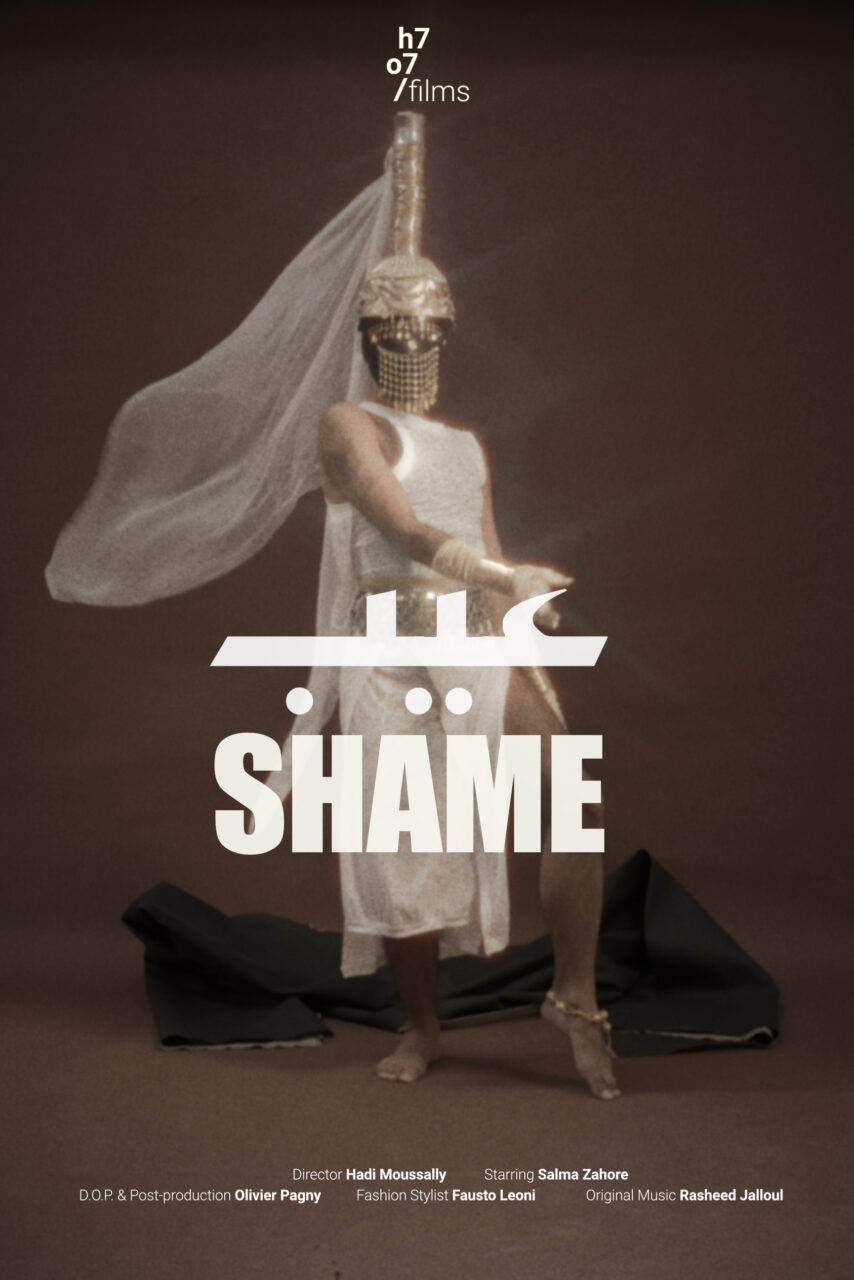
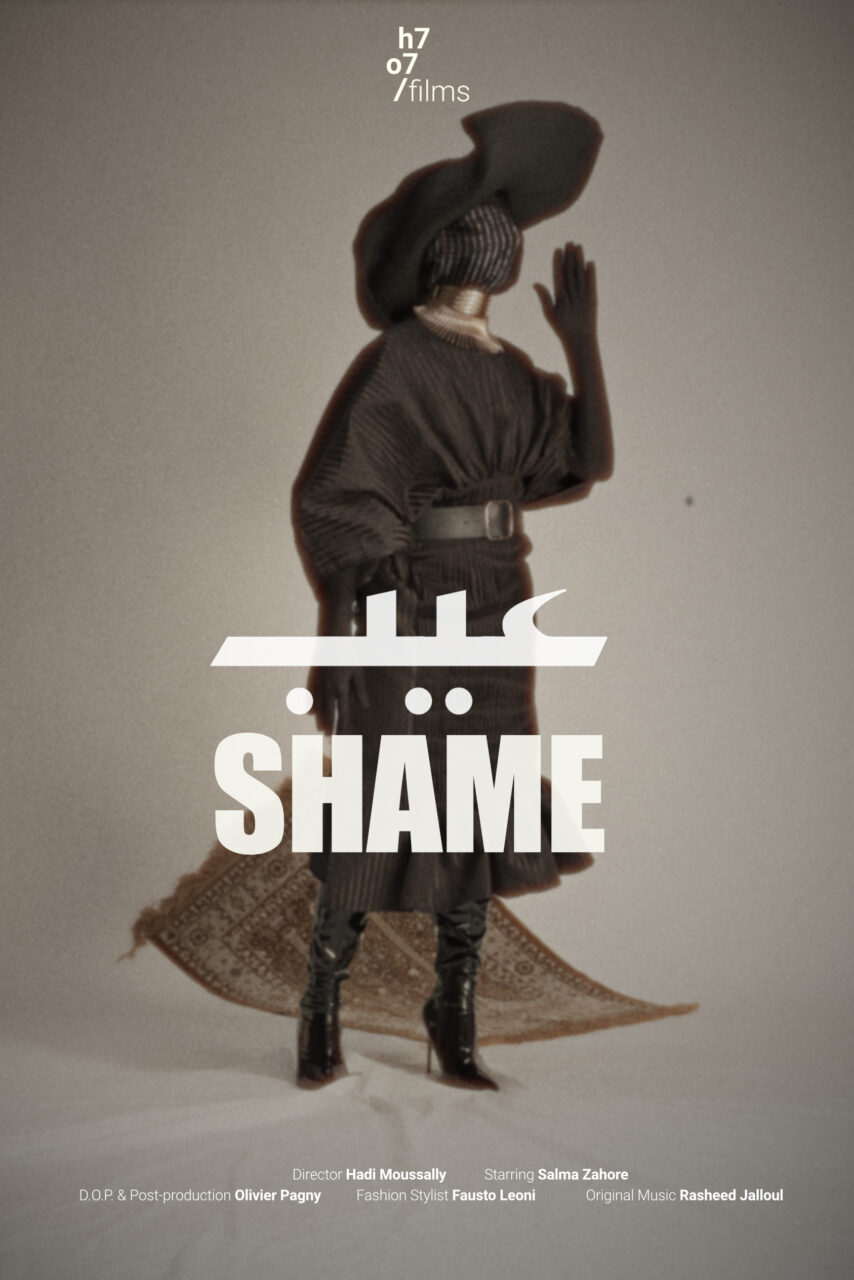
Through this artistic exploration, the film prompts viewers to reconsider their understanding of shame, societal expectations, and the evolving nature of cultural identities. It challenges the notion of shame as a tool for social control while celebrating individuality and the diverse expressions of human identity.
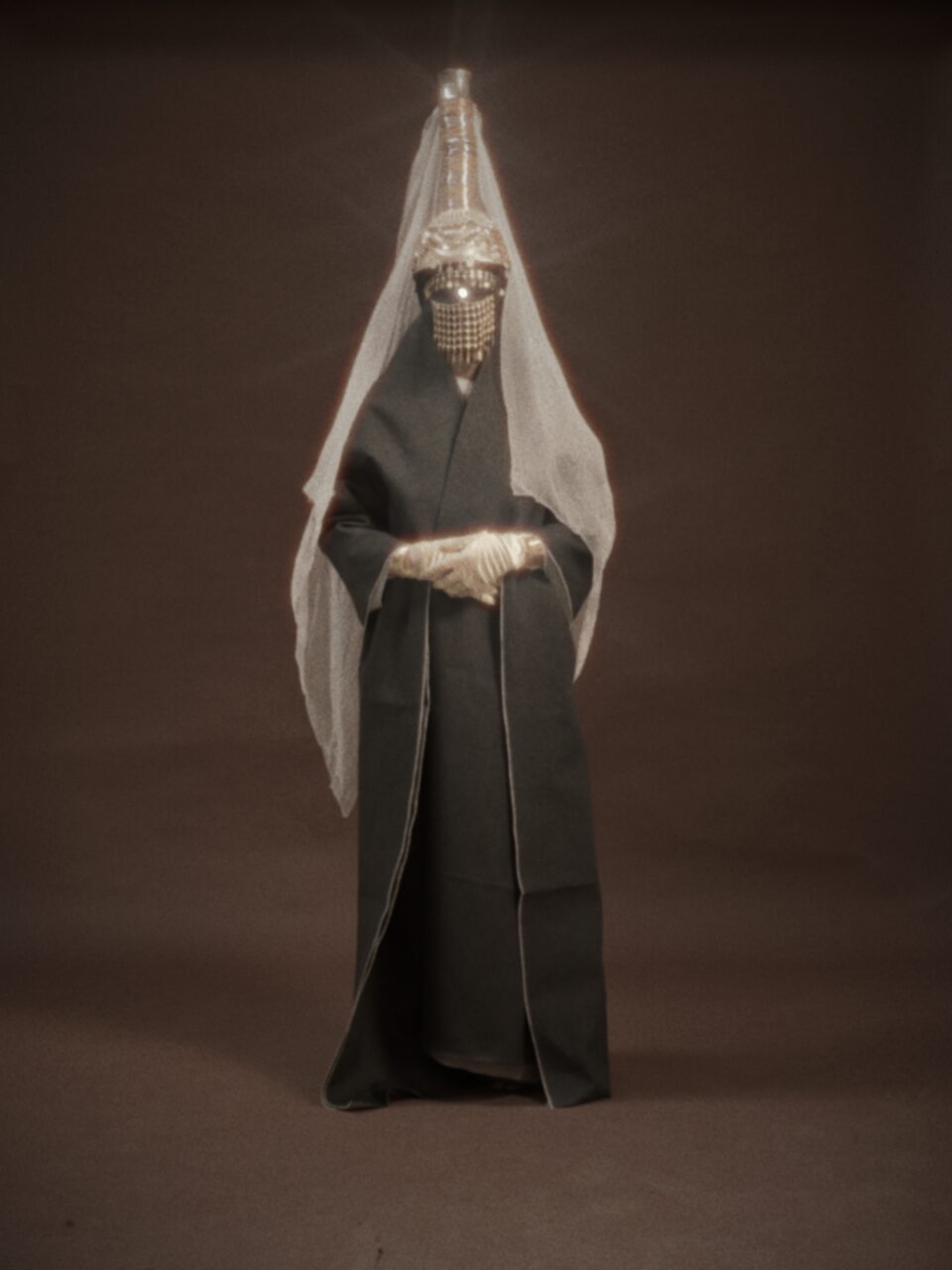
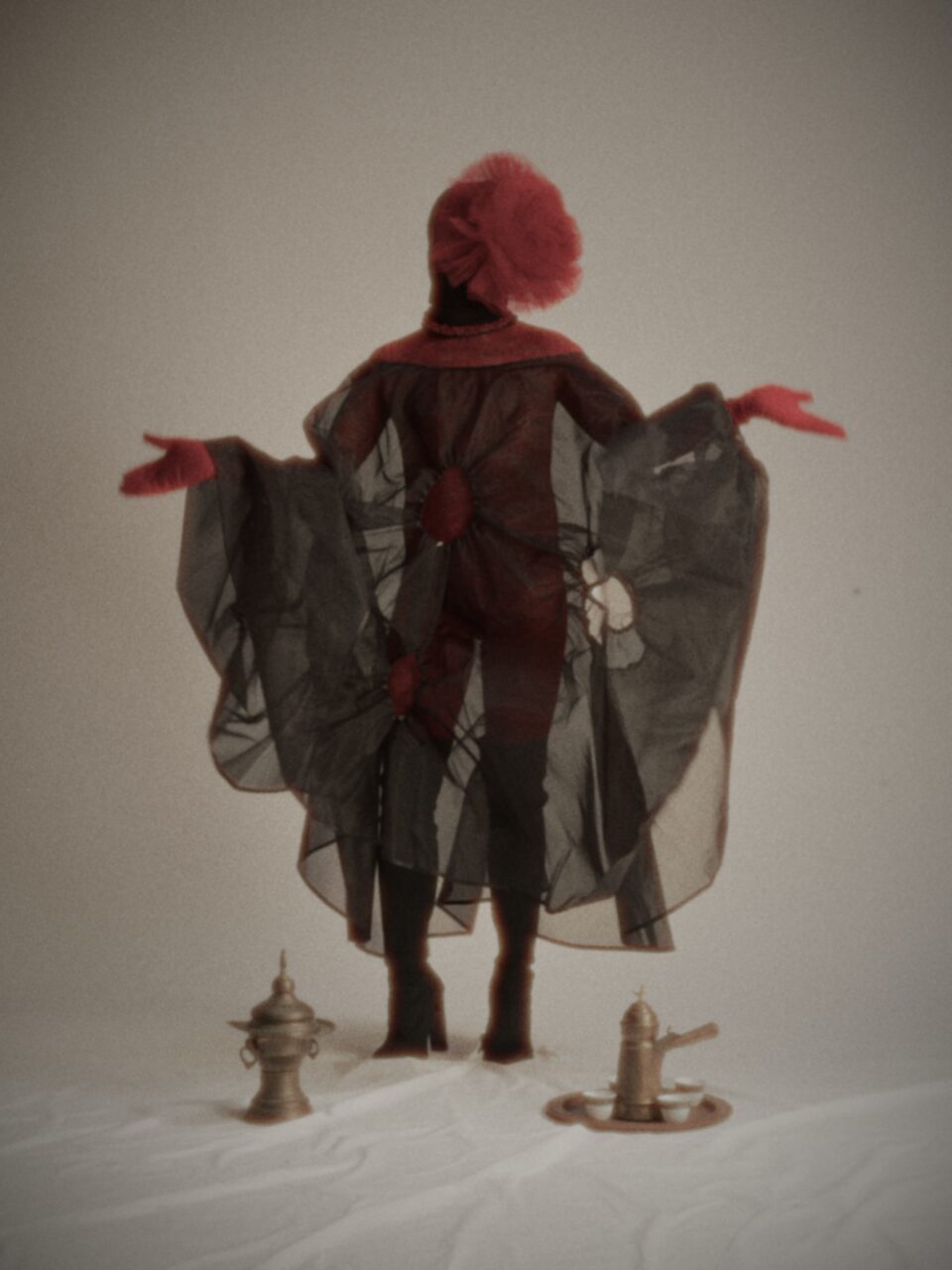
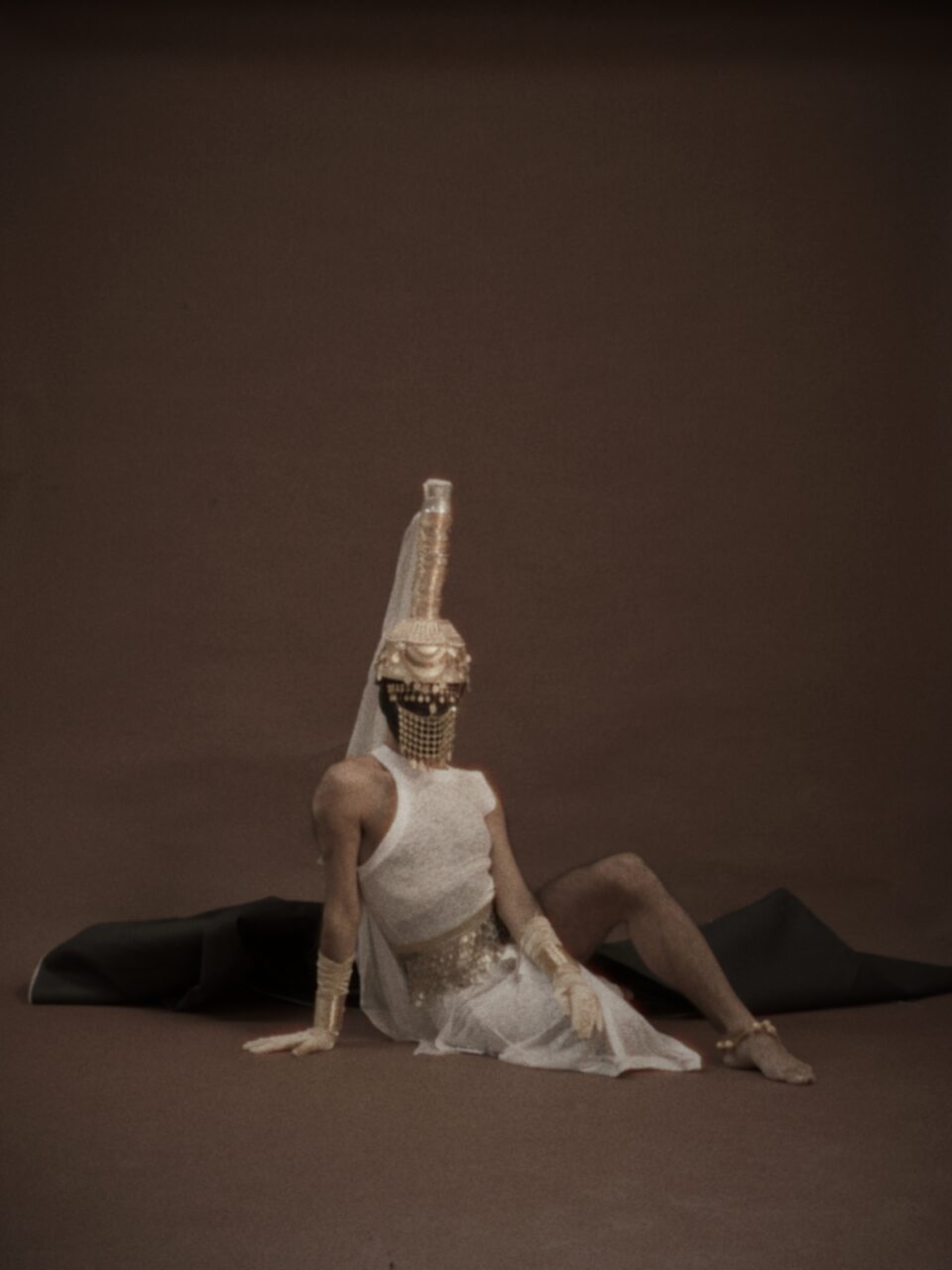
Awards & Festivals : Since it’s release in September 2024, already 2 awards « Best international dance film » in Choreoscope 2024 & « Honorable mention » in Bucharest dance film festival 2024. The film is also already selected in more than 10 festivals.
CACAO

Hadi is introducing his new short film project, Cacao, which follows the story of a captivating woman and her friend, both named Cacao. The film explores the unexpected turns in life—how we can feel fully in control, only to find ourselves in a challenging situation. As an independent artist, Hadi often faces budget constraints, so he has launched a fundraising campaign to support this project.
You can help bring Cacao to life here: GoFundMe for Cacao →
✦ ✦ ✦
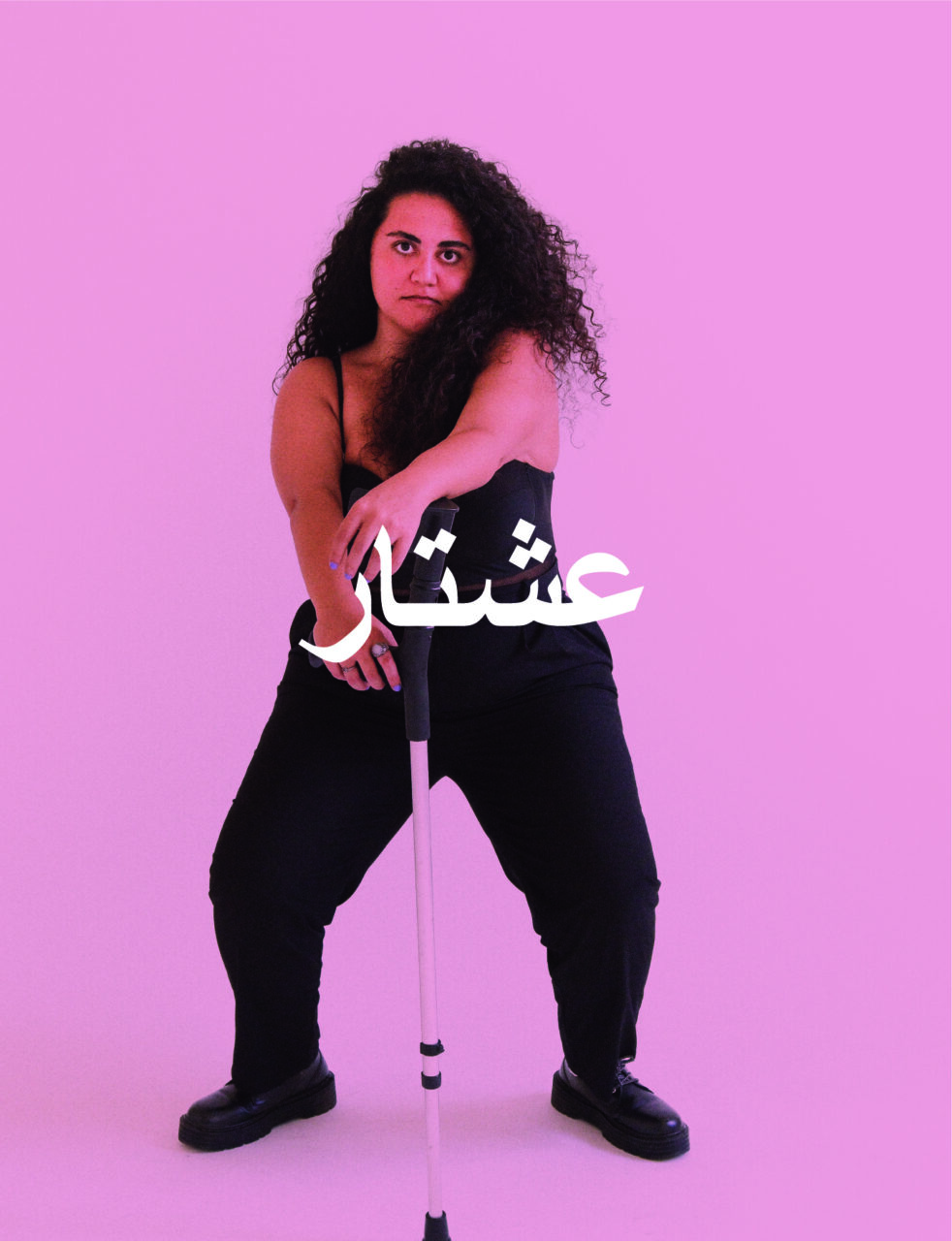
Ashtar; the Visual Storyteller
Ashtar is a motion designer and illustrator from Homs, Syria. I met her after she relocated to Barcelona from Russia where she lived for a few years after leaving Syria. When asked about the inspiration behind her work, she highlighted the concept of Sharaf, meaning honor in Arabic, as her main fight for the time being. “Women in our region are culturally imprisoned since birth due to the body in which they are born, on where the ‘honor’ of the family hangs,” Ashtar said. However, expressing queerness in her artwork seems like a wall to break in the future since her fight now is aimed at the liberation of women from societal chains.

Ashtar’s personal work also draws from her culture, influenced by Arabic poetry, including queer figures like Abu Al-Nawas, an ironic favorite of her parents. In our conversation, she also highlighted the misconception in our region that queerness is a Western import, despite its historical presence in that part of the world like any other.
Despite being in a safe space such as Barcelona where her asylum case is being processed, the burden of her family getting hurt, especially from their surroundings, still limits her from any public attempts to dismantle the societal taboos beyond the walls surrounding womanhood.
“I’m climbing the stairs step by step in order to reach the ultimate freedom I seek,” being the ability to express queerness freely through drawings or animation and being a visible role model for her community; something she lacked growing up as a queer woman in Syria.
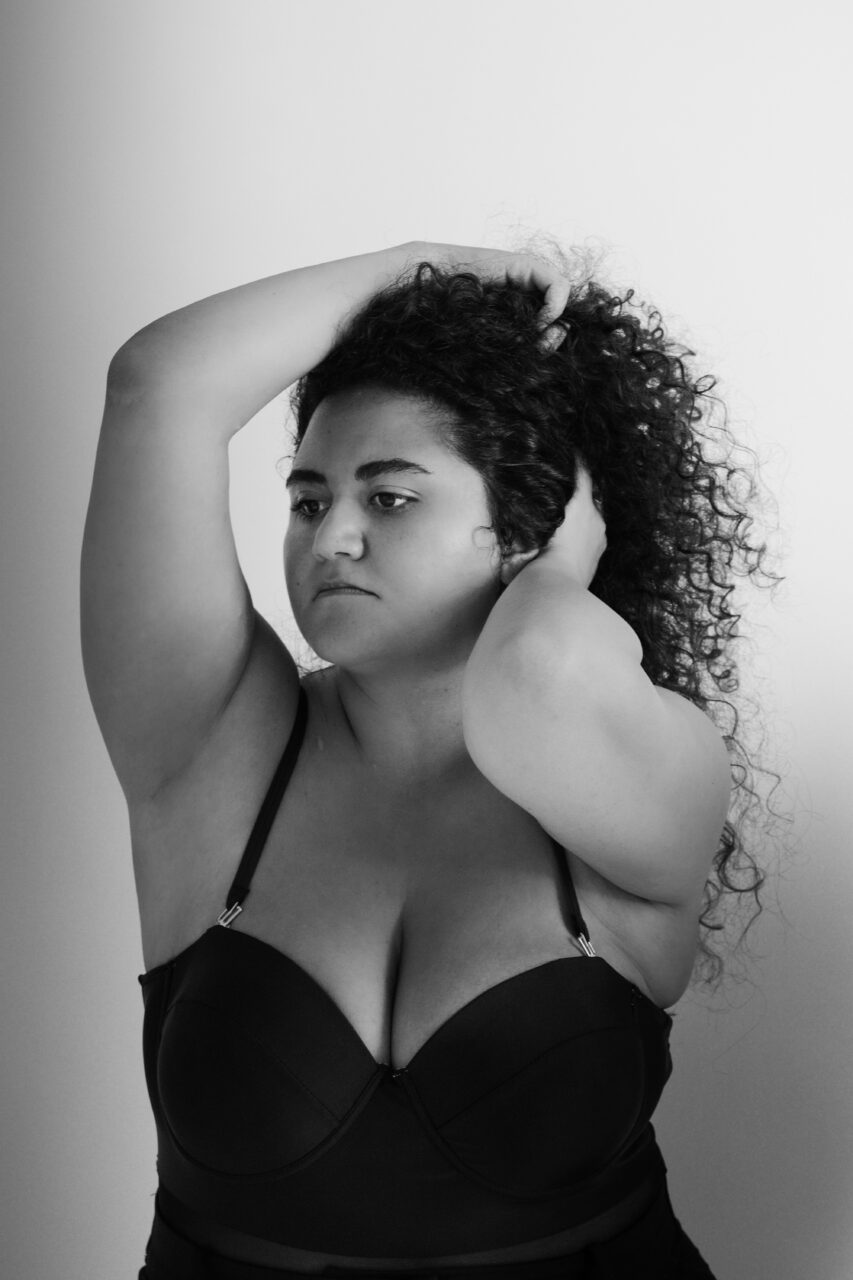
عشتار؛ تالية القصص البصرية
عشتار هي مصممة حركة ورسامة من مدينة حمص السورية. التقيت بها بعد ما انتَقَلَت إلى برشلونة من روسيا حيث عاشت لبضع سنوات بعد مغادرتها سورية. عندما سُئلت عن الإلهام في عملها، أكدت عشتار على كون مفهوم "الشرف" معركتها الرئيسية في الوقت الحالي، قائلة "النساء في منطقتنا مسجونات اجتماعية وثقافياً بسبب الجسد الذي يولدن فيه، والذي لطالما يُربط بشرف عائلتهن." في حين أن التعبير عن الكويرية في عملها الفني هو حاجز يتوجب كسره لكن في المستقبل، نظراً لأولوية تحرير النساء من قيود المجتمع بالنسبة لها.
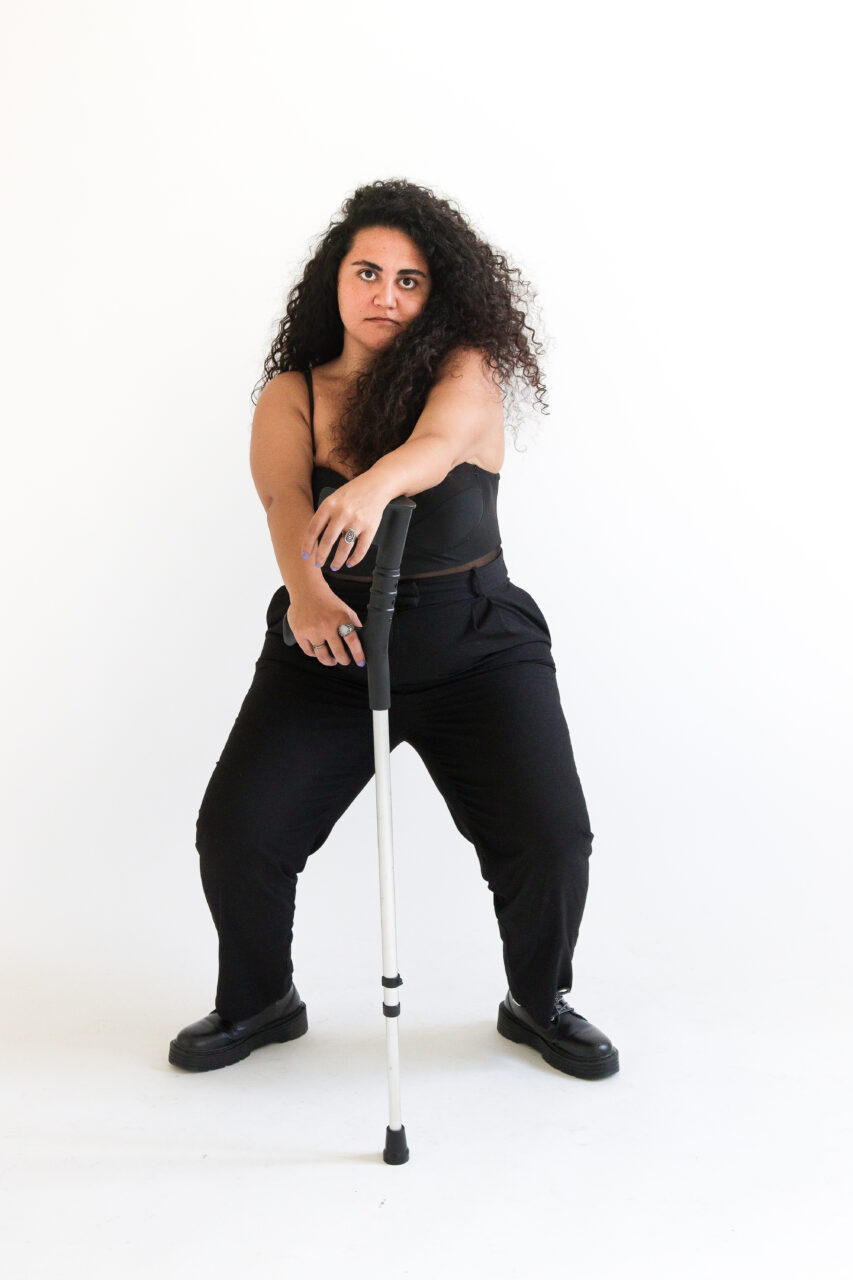
أعمال عشتار تستمد أيضا من ثقافتها وتأثرها بالشِعر العربي، بما في ذلك الشخصيات الكويرية من التاريخ العربي مثل أبو النواس. في حديثنا عنه، تعجبت عشتار من كون أبو النواس أحد الشعراء المفضلين عند والديها في حين تحفظهم على الكويرية بشكل عام، وأبرزت به المفهوم الخاطئ في منطقتنا عن كون الكويرية استيراد من الغرب على الرغم من وجودها التاريخي في تلك البقعة الجغرافية كباقي بقع العالم.
على الرغم من وجود عشتار في مكان آمن مثل برشلونة حيث تتم معالجة طلبها للجوء، لا يزال عبء إيذاء عائلتها، خاصة من محيطهم، يحد من محاولاتها لتفكيك التابوهات الاجتماعية خارج جدران النسوية، وقالت "أُحاول تسلق السلالم خطوةً خطوة حتى الوصول إلى الحرية التي أسعى إليها." في إشارة إلى الحرية للتعبير عن الكويرية والنسوية من خلال رسوماتها وفنها لتكون نموذجاً يحتذى به في مجتمعها، وهو الشيء الذي فقدته أثناء نشأتها كامرأة كويرية في سورية
KANO 4
Ashtar's journey of resilience and determination, from surviving a life-altering event to reclaiming her ability to walk and pursue her creative dreams, is a story of immense strength. Her latest project, KANO 4, is a powerful reflection of that journey. This documentary short film delves into her personal experiences and the obstacles she has overcome, offering a glimpse into the resilience of the human spirit.
Through KANO 4, Ashtar invites us into her world, where survival, art, and identity intertwine. To learn more about this inspiring story and watch the teaser, follow the link below and stay tuned to Ashtar’s social media for the full release.

✦ ✦ ✦
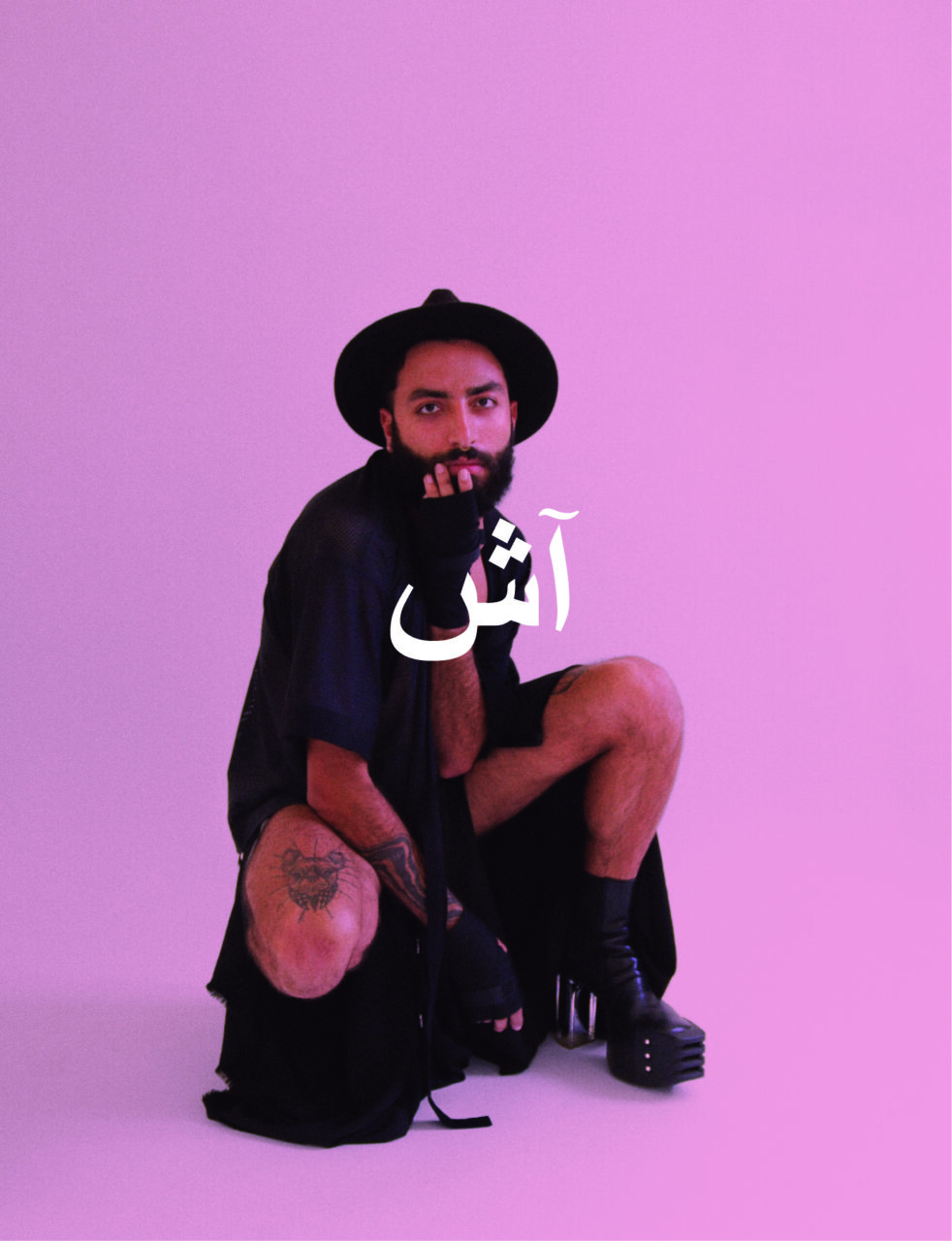
Ash; the Queer-Eyed Tattoo Artist
Ash is a tattoo artist from Cairo, Egypt who blends queerness, culture, and activism into his unique designs. When asked about the impact of these three aspects on his art, he explained how viewing the world and its taboos through a queer lens significantly influences much of his creative work. He pointed out that one of his designs, featuring trans male and female bodies, was a fusion of his appreciation for the artistic beauty of trans bodies and his personal interest in the details of ancient Greek and Roman statues.
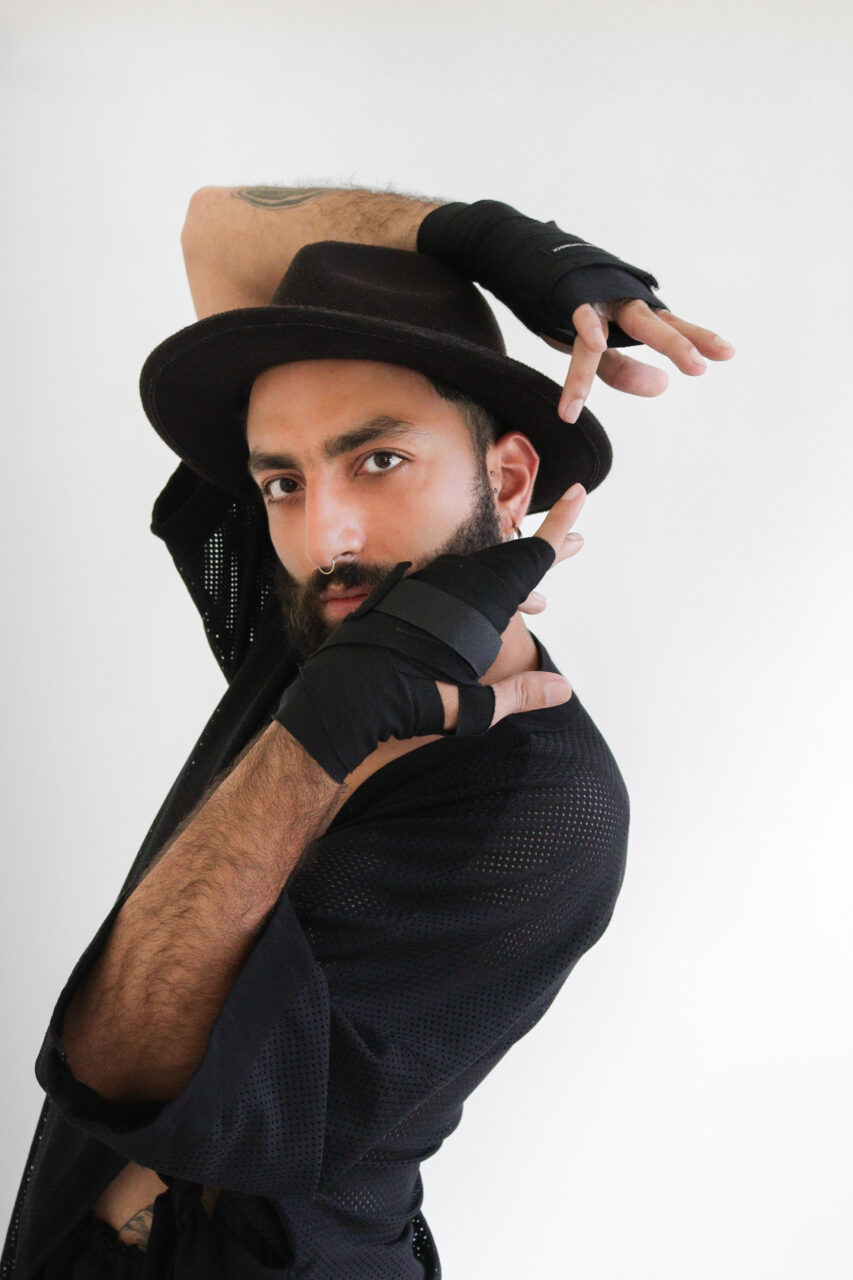
Another design we talked about, out of the many he has inked throughout his career, was the slur for Queer in Arabic. It was birthed out of his appreciation for Arabic calligraphy and the will to reclaim the power of such heavy and traumatizing words. “I grew up feeling alone as my queer peers in our region, and later being in a community that looks and feels like me made me realize how important representation is whether on personal or public levels,” Ash answered on where the urge to represent marginalized communities in his work comes from.
“When I moved to Europe, I felt how different it was to challenge societal norms here to back home and the impact of what we do back home or in the diaspora on our region. There’s a certain power to what we SWANA artists do that cannot be described in words. In a way, everything I do here is for my people back home.”
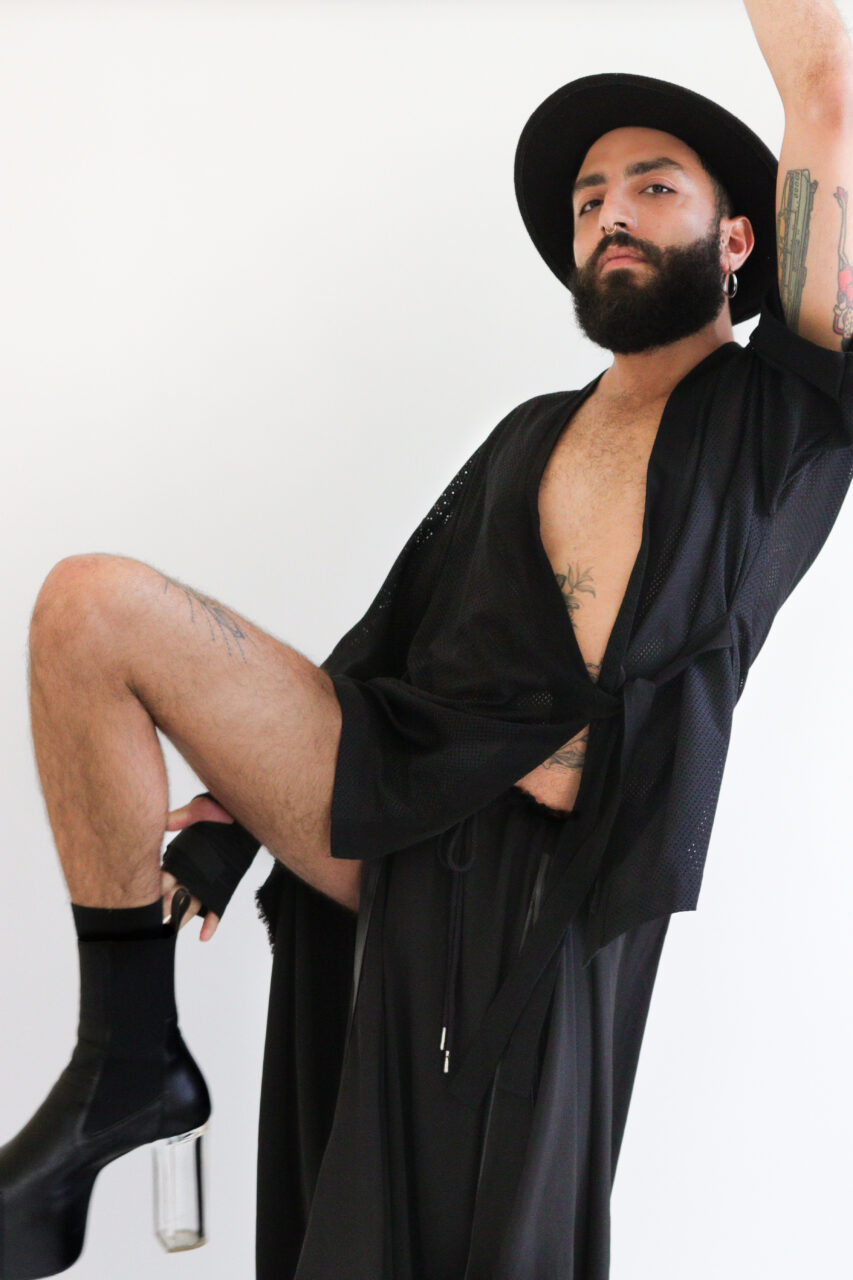
آش: الوشّام ذو العدسة الكويرية
آش هو فنان وشم من القاهرة في مصر، يمزج بين التعدد الجنسي والثقافة والنشاط السياسي في تصاميمه الفريدة. عندما سُئل عن تأثير هذه الجوانب الثلاثة على فنه، شرح كيف أن رؤية العالم وتابوهاته من خلال عدسة التعدد الجنسي تؤثر بشكل كبير على الكثير من أعماله الإبداعية. أشار إلى أن إحدى تصميماته كانت مزيجاً من تقديره للجمال الفني لأجساد الأشخاص العابرين جنسيا واهتمامه الشخصي بتفاصيل التماثيل اليونانية والرومانية القديمة.
ناقشنا تصميماً آخر، من بين العديد من التصاميم التي قام بوشمها طوال مسيرته، وهو تصميم عن كلمة تستخدم في المجتمعات العربية للإساءة للكويريين. وُلد هذا التصميم من تقديره لجمال الخط العربي ورغبته في استعادة القوة من هكذا كلمات ثقيلة ومؤلمة.

عند سؤاله، أجاب آش عن دافعه لتمثيل المجتمعات المهمشة في عمله: "شعرت بصغري بالوحدة كما جميعنا في منطقتنا لكن وجودي لاحقاً في مجتمع يشبهني جعلني أدرك مدى أهمية التمثيل سواء على المستوى الشخصي أو العام". "عندما انتقلت إلى أوروبا، شعرت بالفارق في التحدي للمعايير الاجتماعية هنا مقارنة بالوطن، وبتأثير ما نقوم به سواء في الوطن أو في الشتات على منطقتنا. هناك قوة معينة فيما نقوم به نحن فنانو الشرق الأوسط وشمال أفريقيا لا يمكن وصفها بالكلمات. بطريقة ما، كل ما أفعله هنا هو لأهلي في الوطن
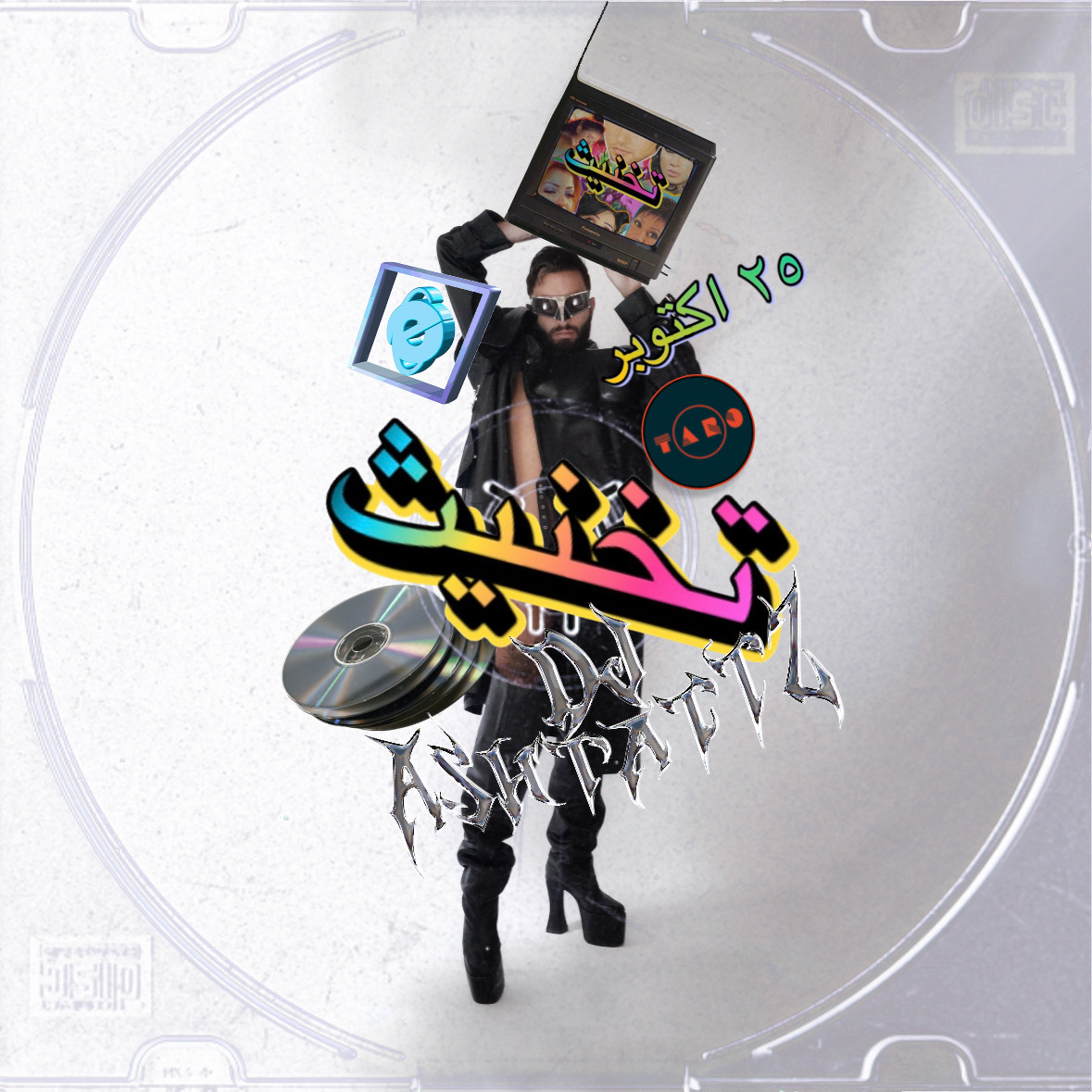
Takhnis
⚲ Sala taro : Barcelona. Carrer de Rossend Arús, 9, Sants-Montjuïc, 08014 Barcelona, Spain
25 October 2024 | 23:00 until 03:00
- Event Completed -
Line up / talents / hosts
Dj Ashtattz : Instagram | Sound cloud
Salma zahore : instagram
Madame Fontaine (host) : Instagram
Tante Yvonne (host)
About the night
Queer Arab night aiming to provide safe space for individuals from the MENA region with nostalgic tunes from the late 90's / 2000's (millennials)
Music : Arab pop / shaabi / Mahraganat
Vibe : oriental cabaret
About Ash and Takhnis
Ash, also known as ashtattz, is a queer tattoo artist from Egypt. He recently began to DJ, debuting his sets at the ICONIQA art book launch events in both Barcelona and Berlin. He’s launching a new event called Takhnis, set to launch on October 25.
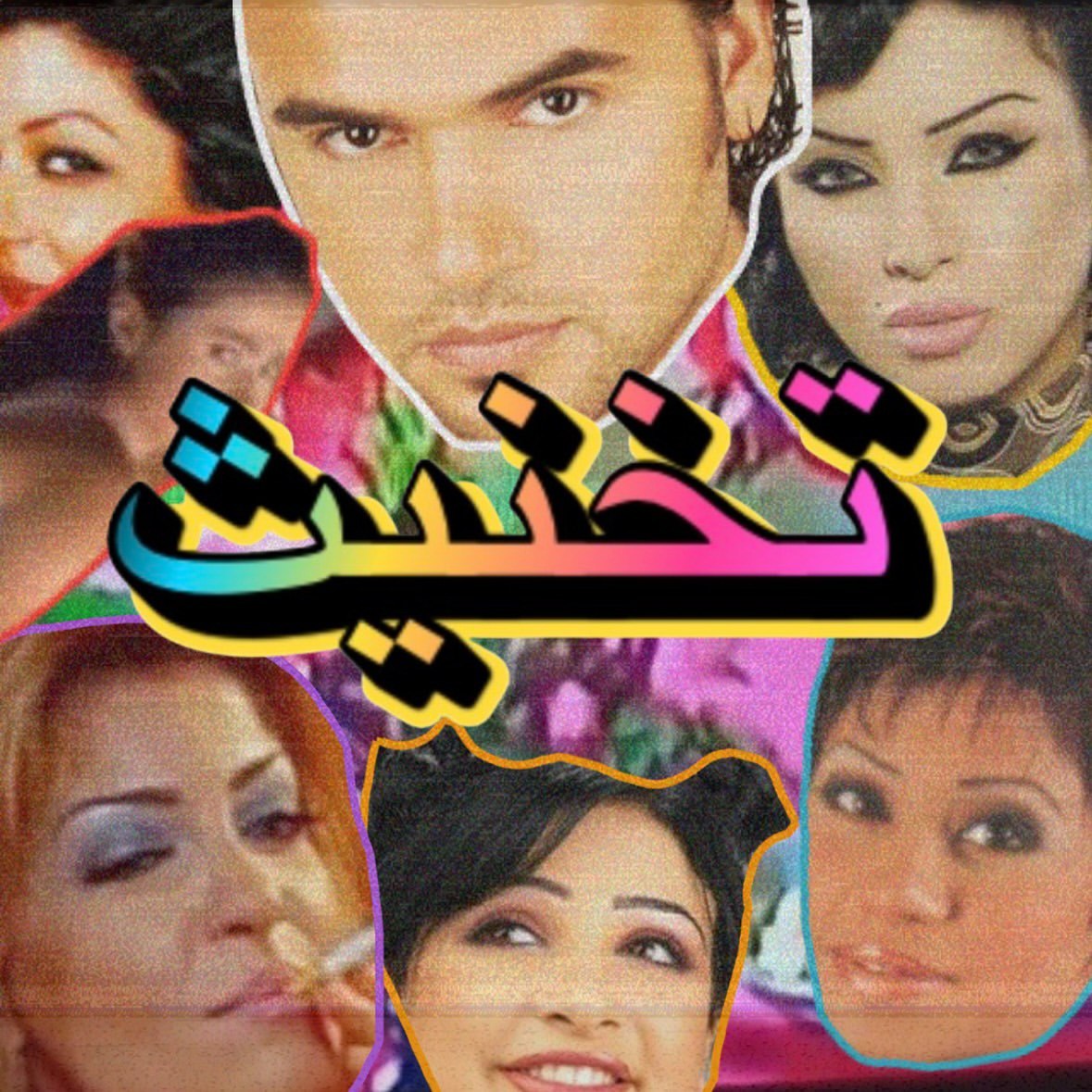
Ash's desire to create Takhnis stems from a journey of self-discovery that began in the Middle East. Music played a vital role in Ash's experience of queerness, serving as a cherished escape where they could express their true self. With this in mind, Ash aims to provide a queer-welcoming, safer space for Arabs to celebrate their identities through the same music they grew up listening to. The intention is to recreate that nostalgic feeling that many in the community miss from back home.
The word "Takhnis" has a rich yet uncommon history. It is derived from the older Arabic term “khanis,” which has historically described feminine behavior in a man, bearing a resemblance to the word "faggot." However, the queer community has reclaimed this term, now using it with pride. In this context, the literal meaning could be interpreted as “faggoting.”
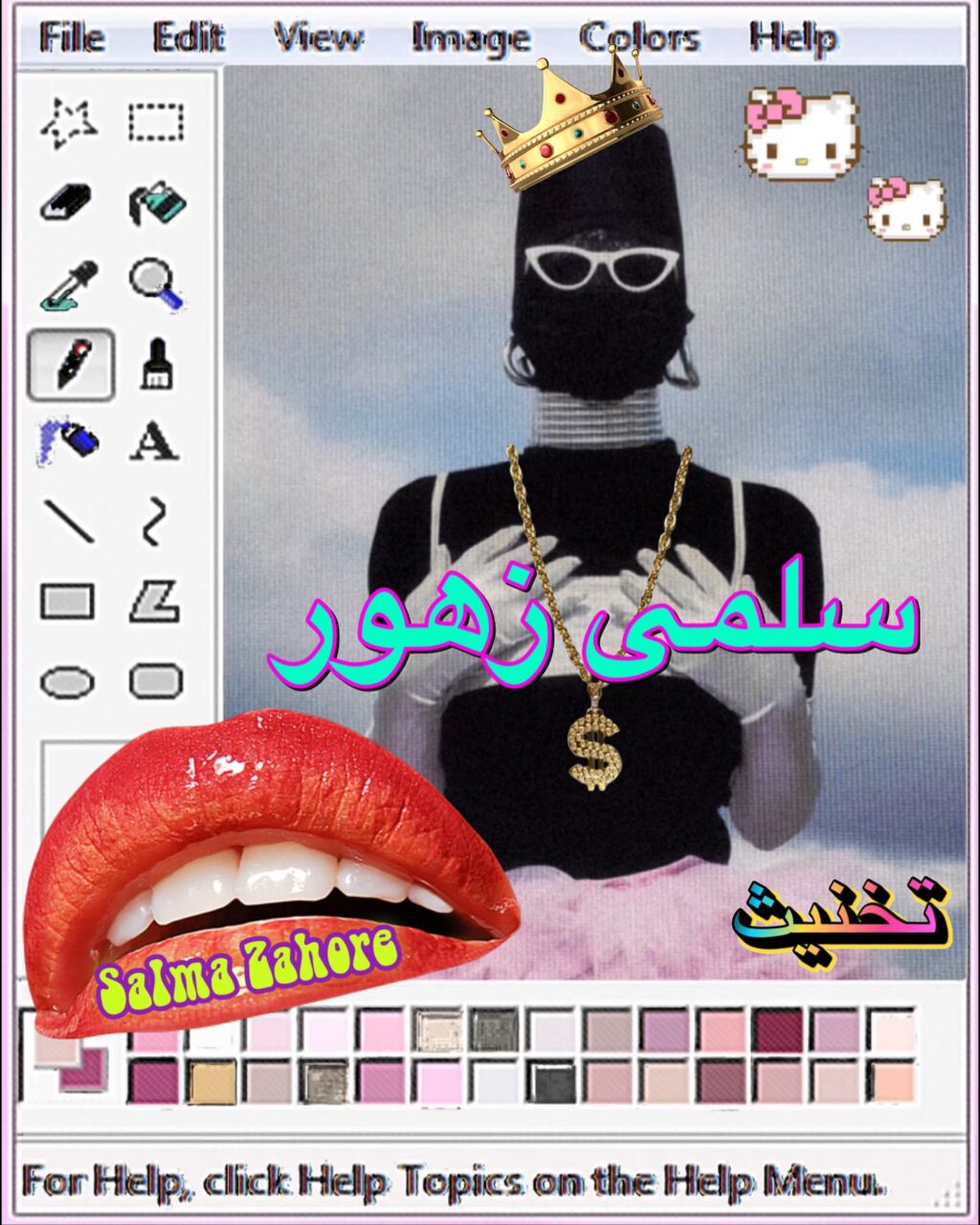
As for whether Takhnis is exclusively for queer Arabs, Ash is clear: "Obviously not! Everyone is welcome here as long as they respect each other's spaces and understand that they are stepping into a queer environment." Ash emphasizes that Arabic music is meant to be enjoyed together; it’s all about celebrating with others. One of the most famous Arabic dance moves, “dabke,” illustrates this communal spirit, as it requires a minimum of three people to begin the dance. Ash invites everyone to join the celebration, reminding them that the dance floor is a healing space that deserves respect.
✦ ✦ ✦
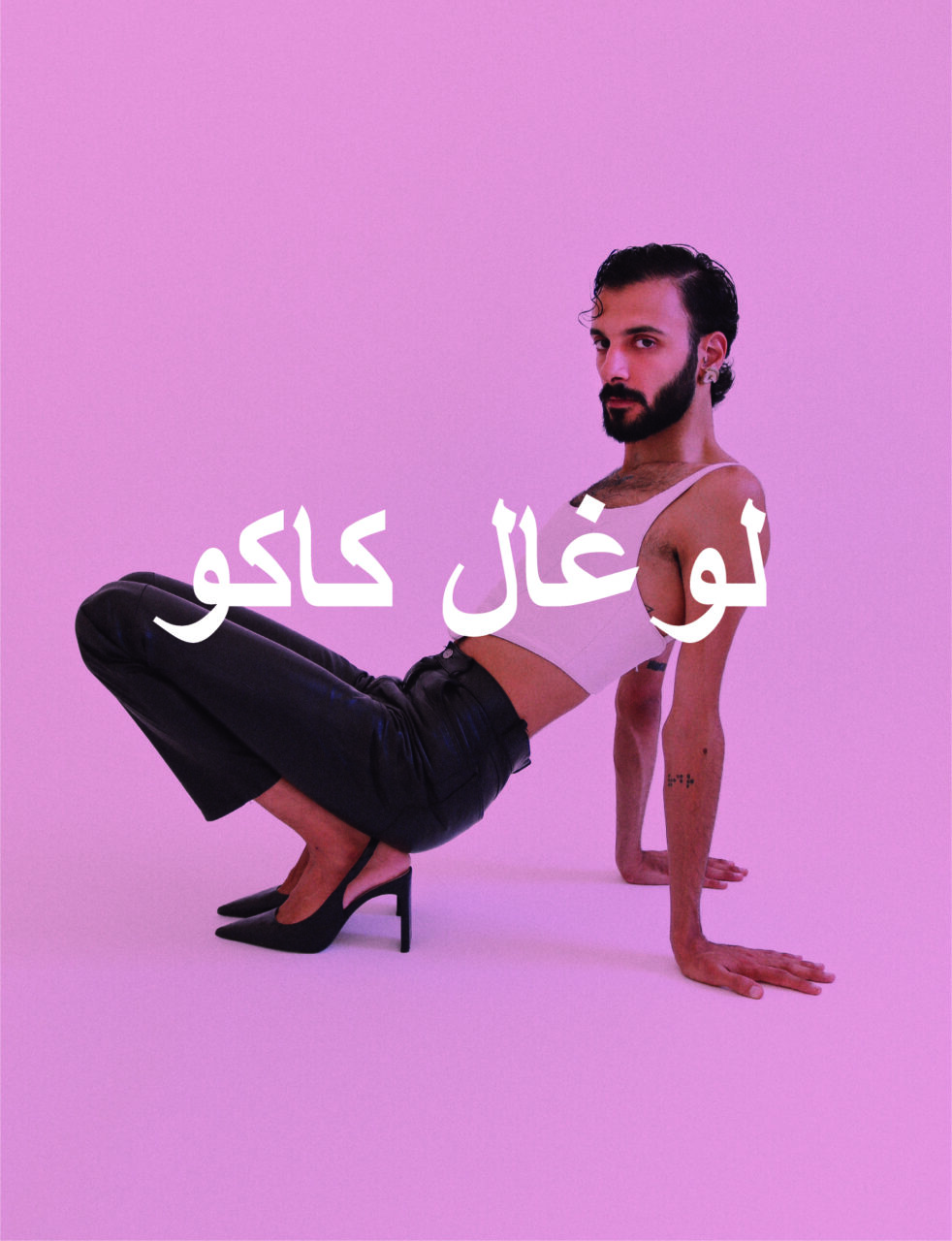
More features soon!
No Comments.